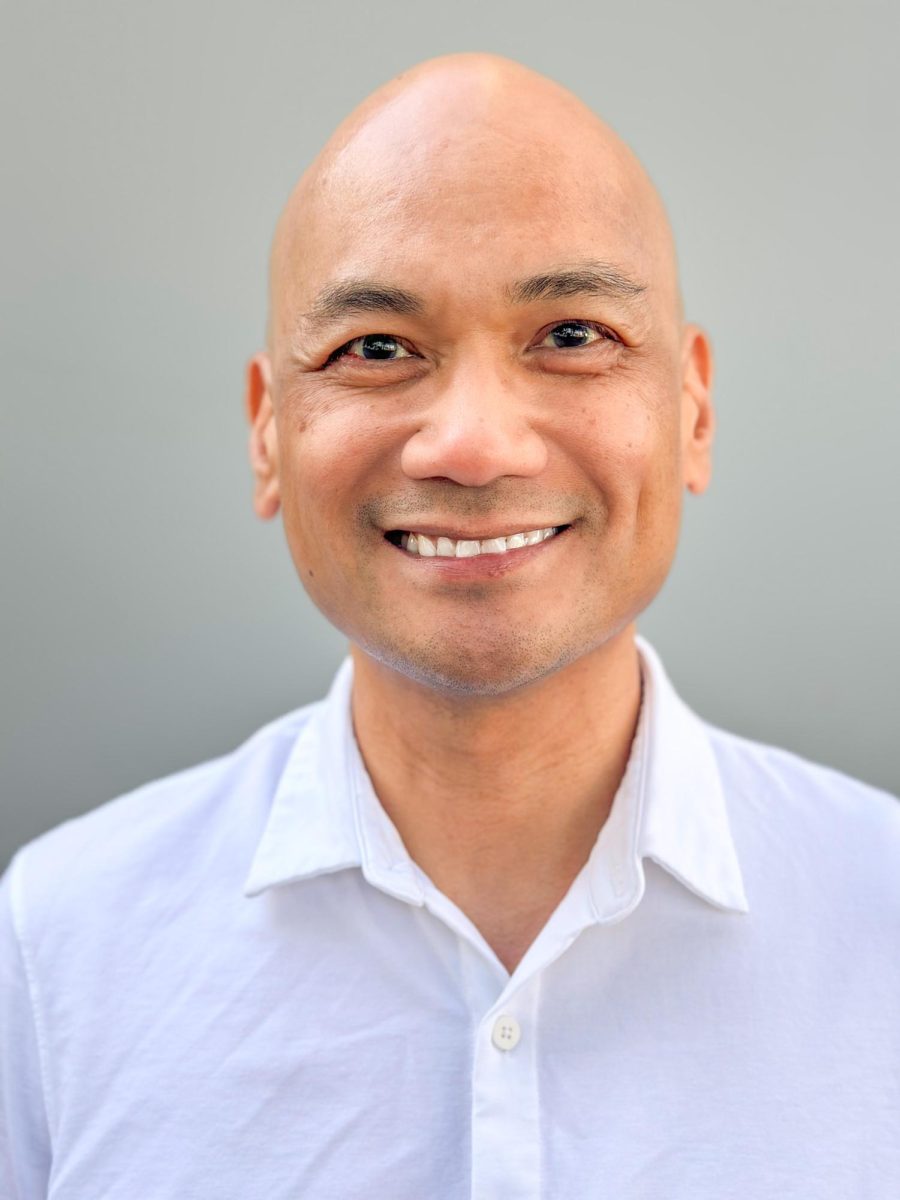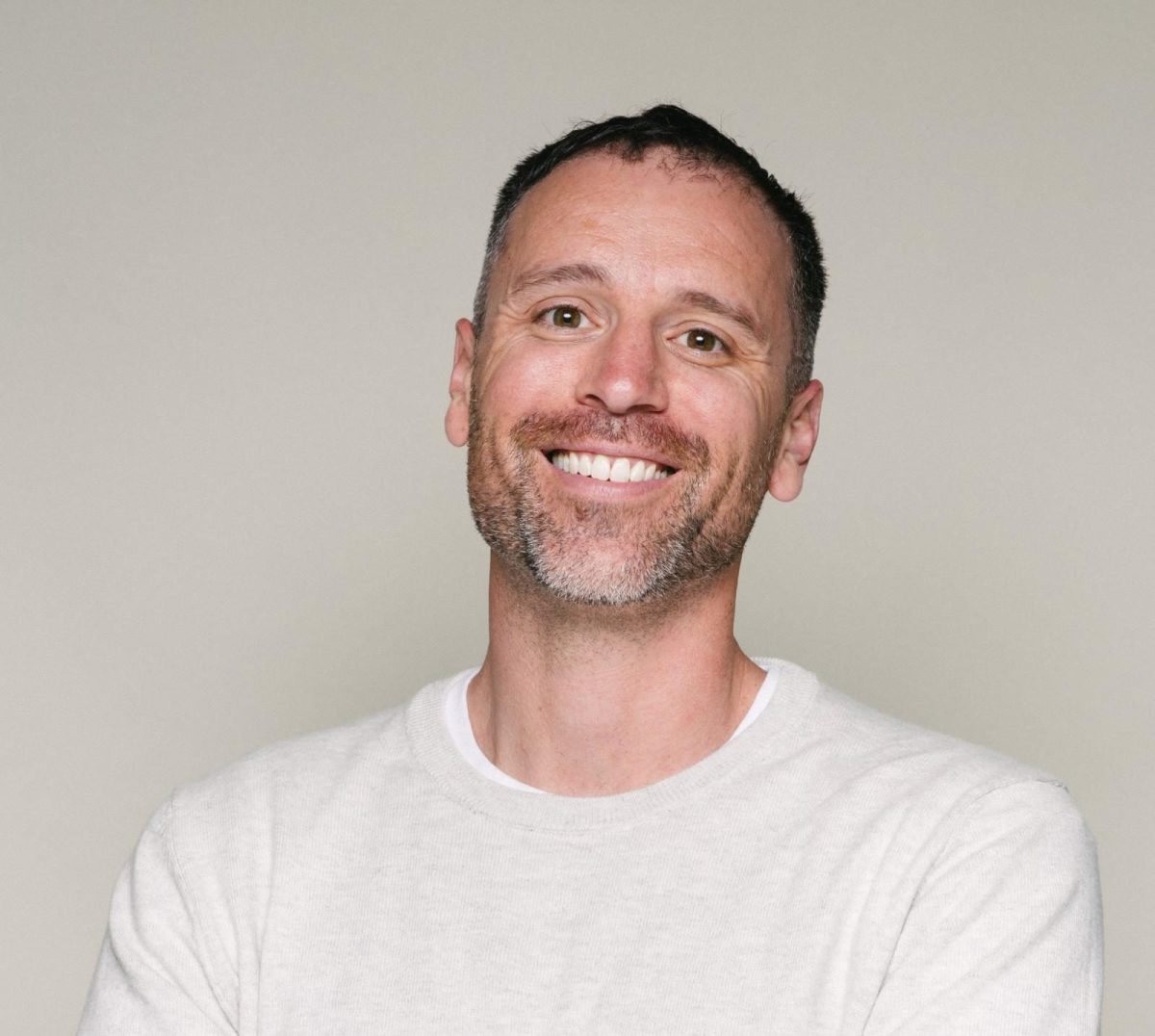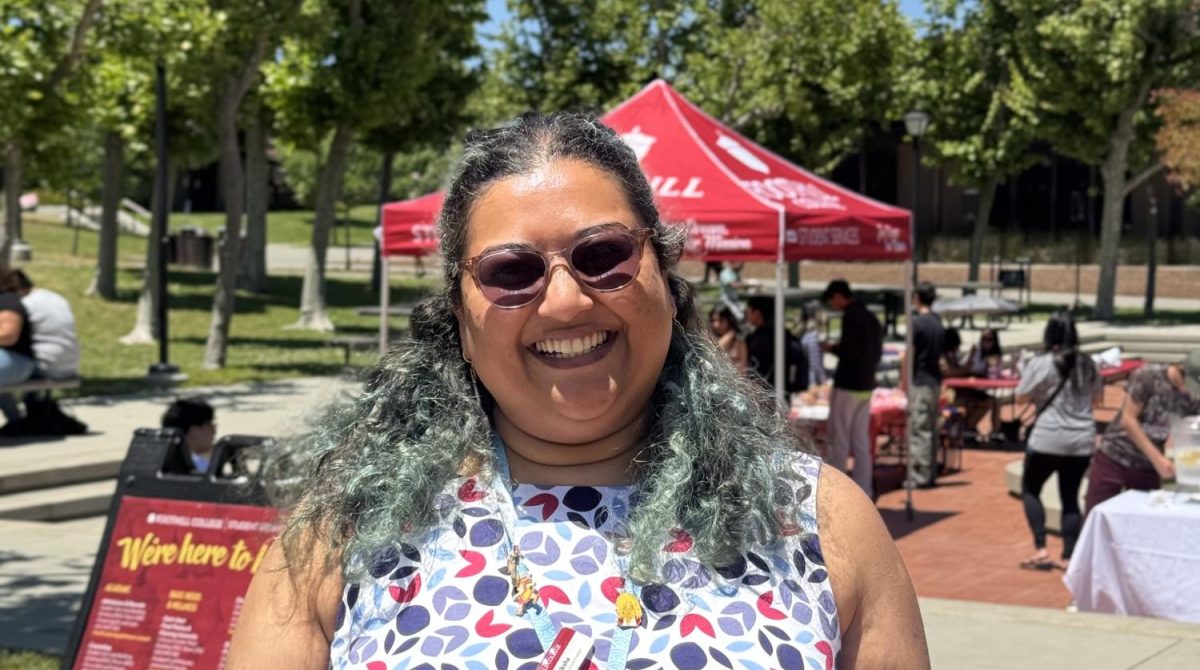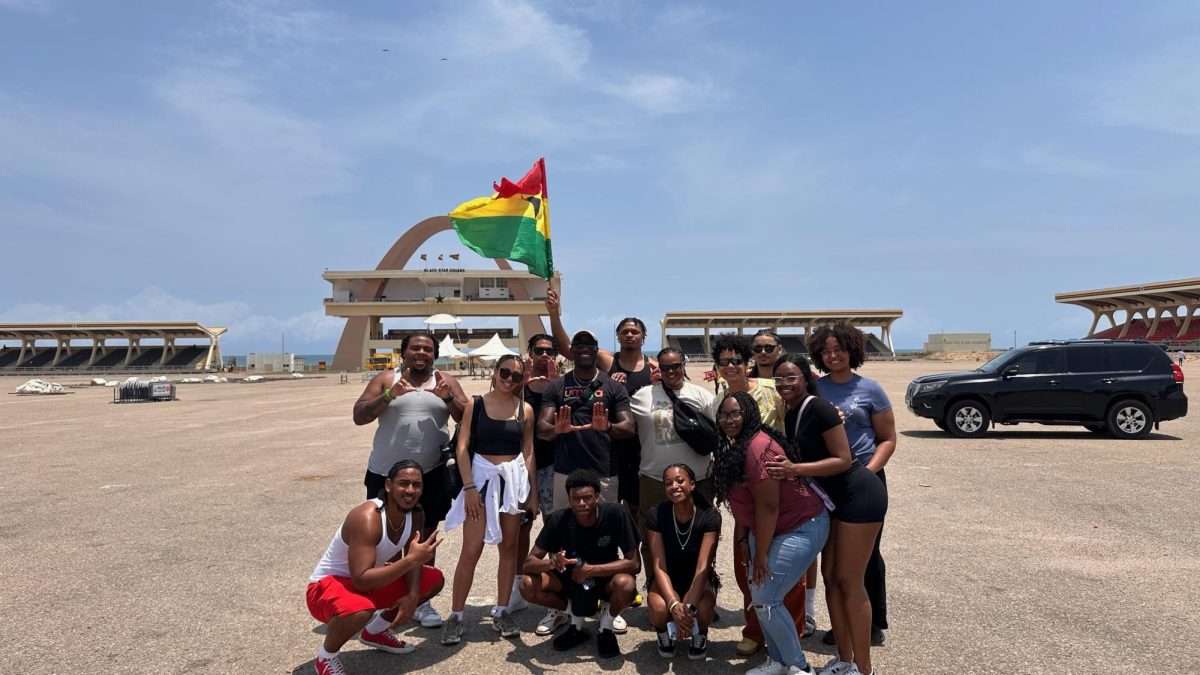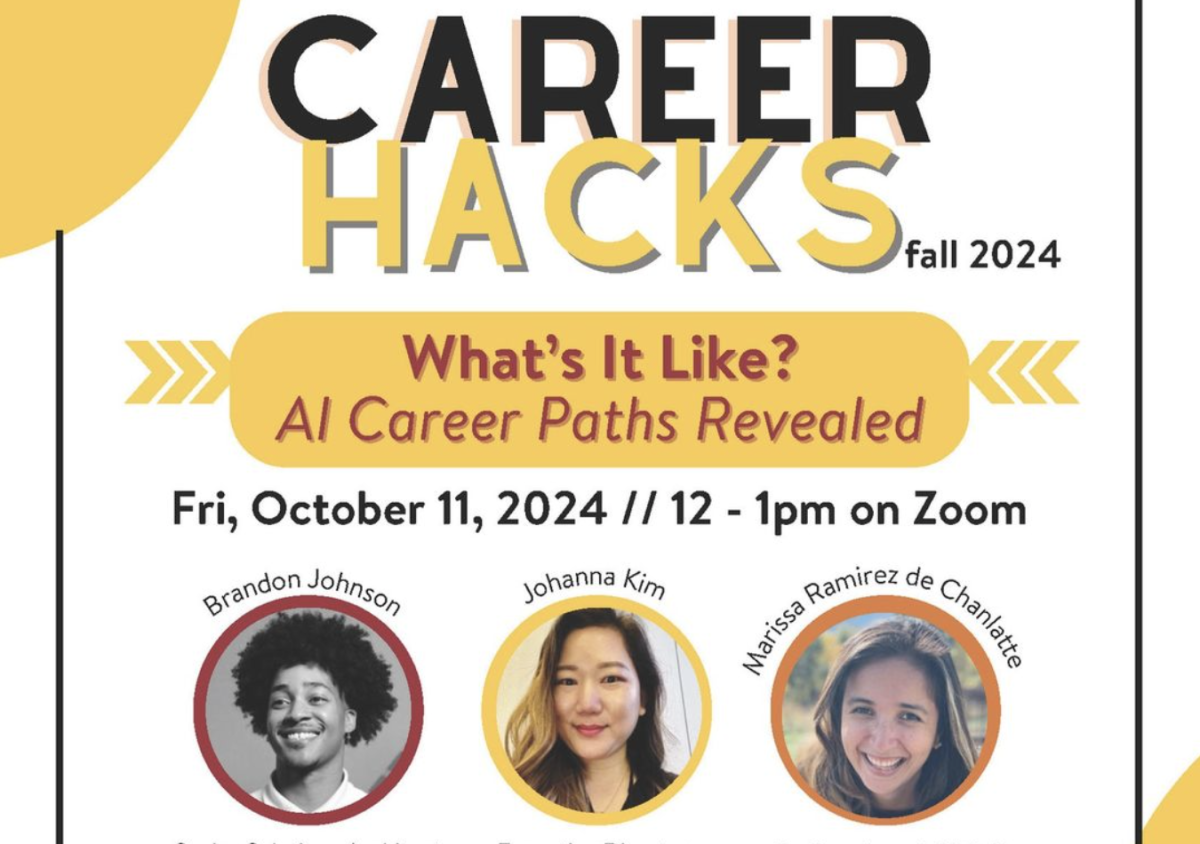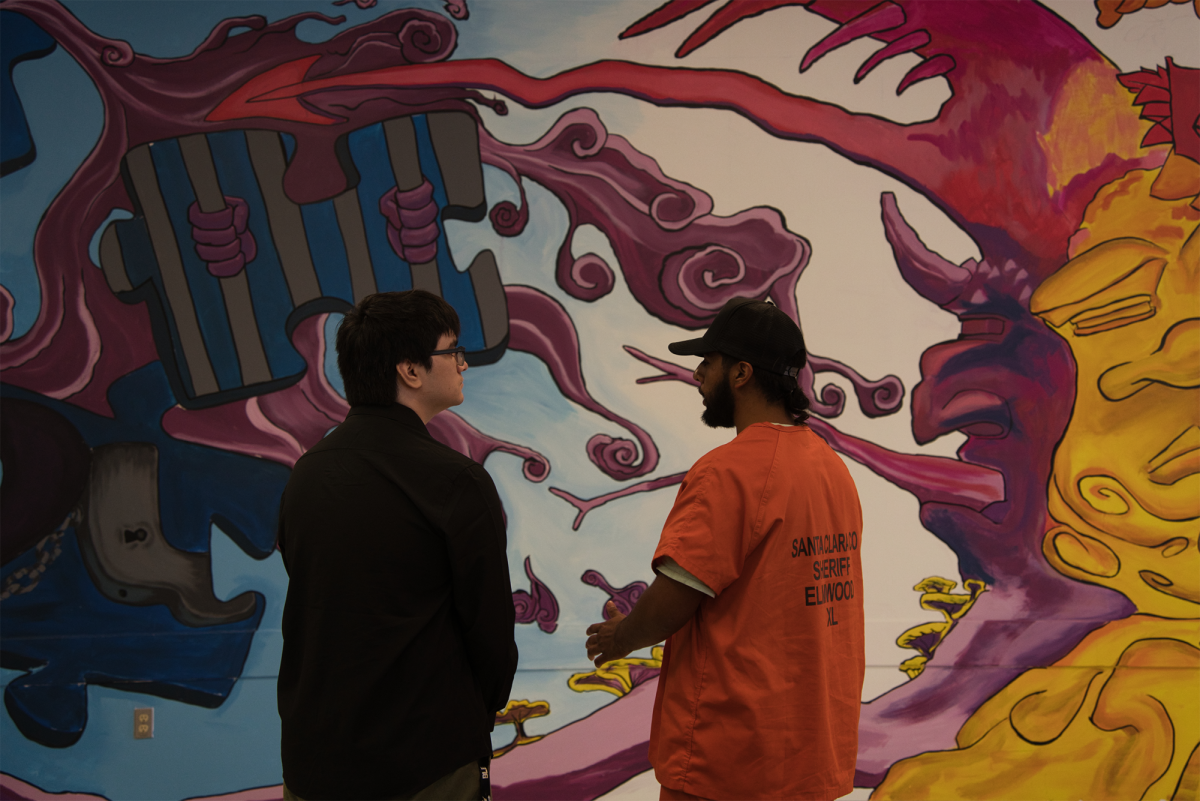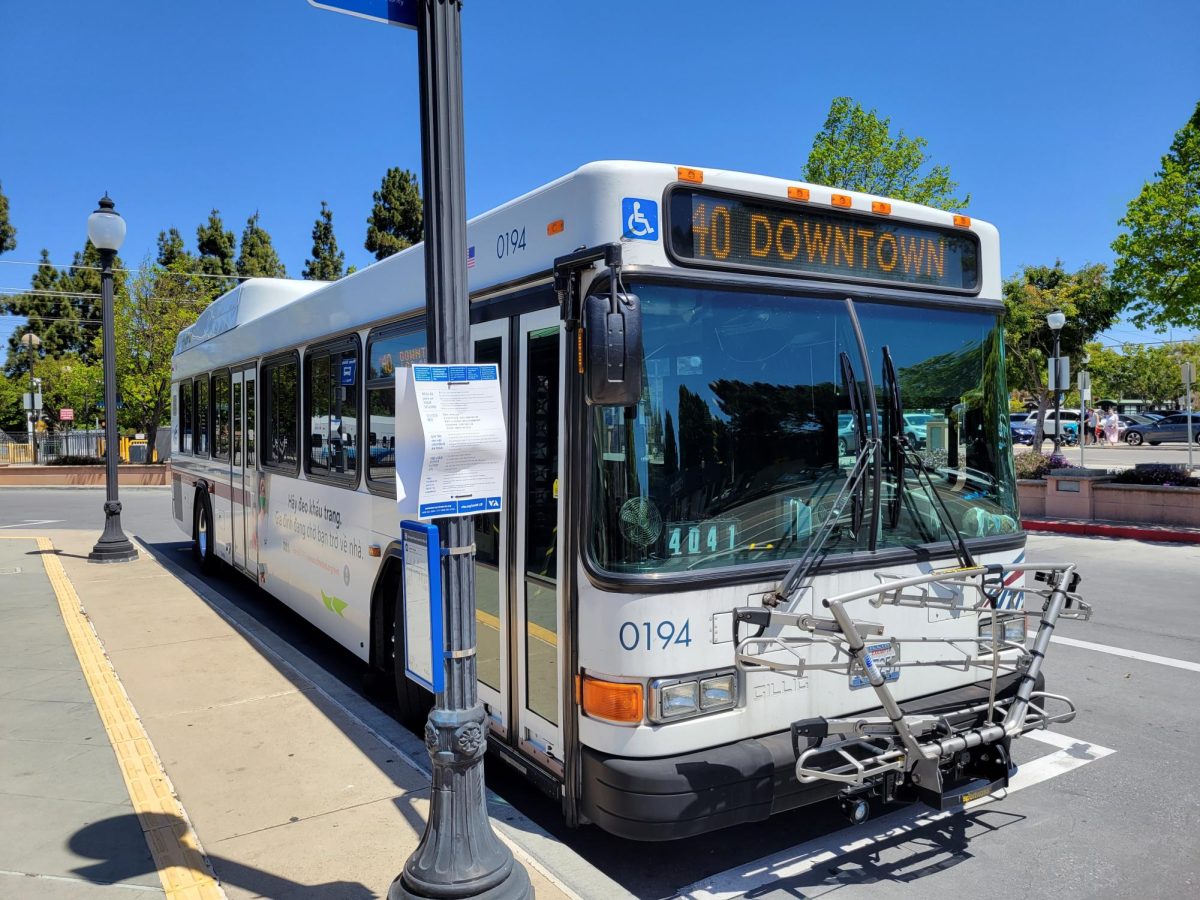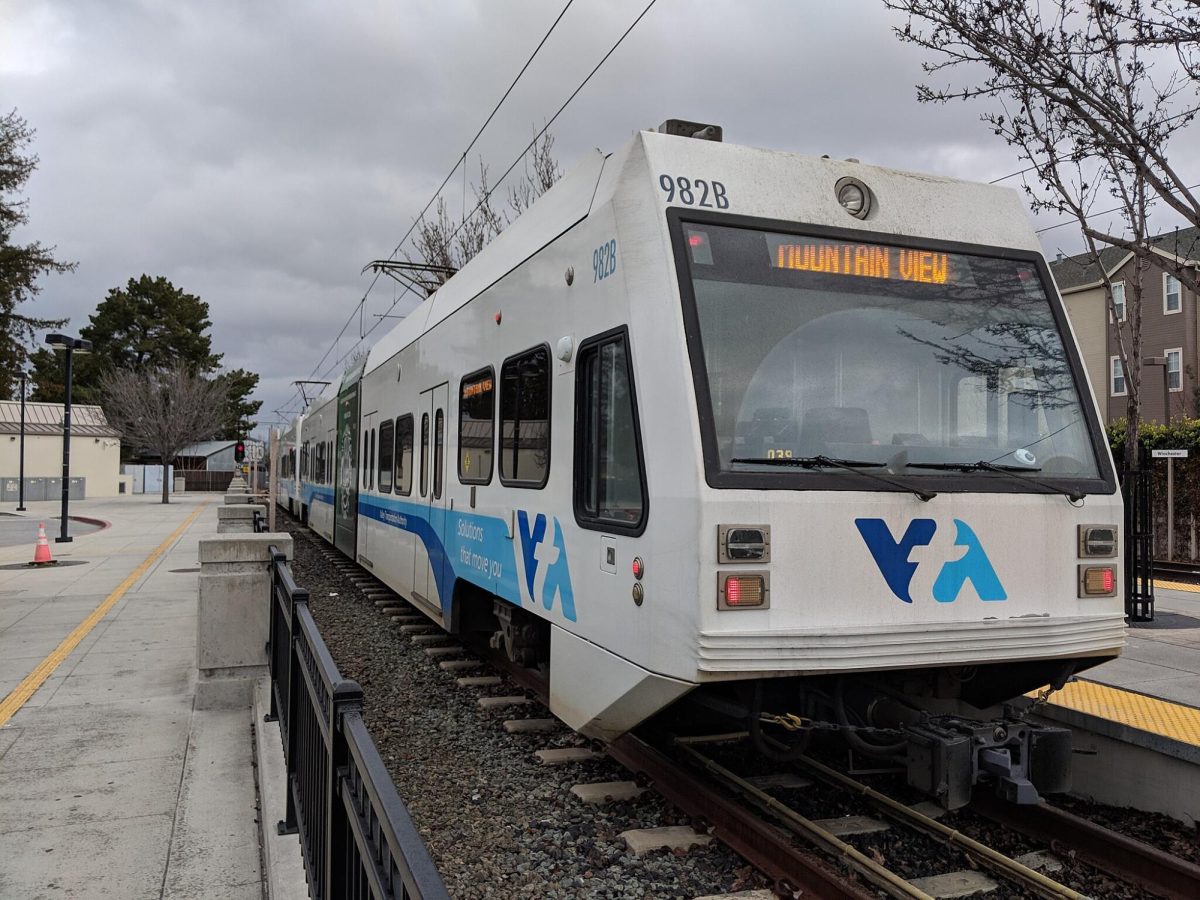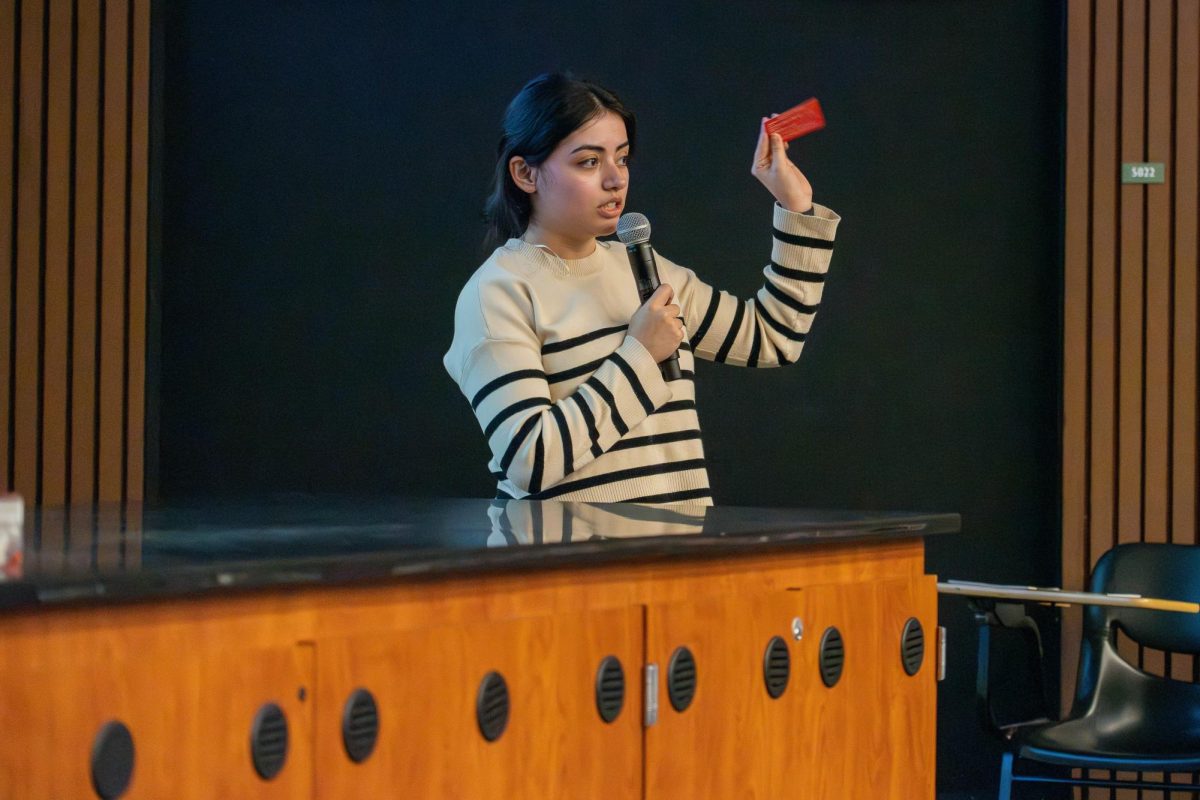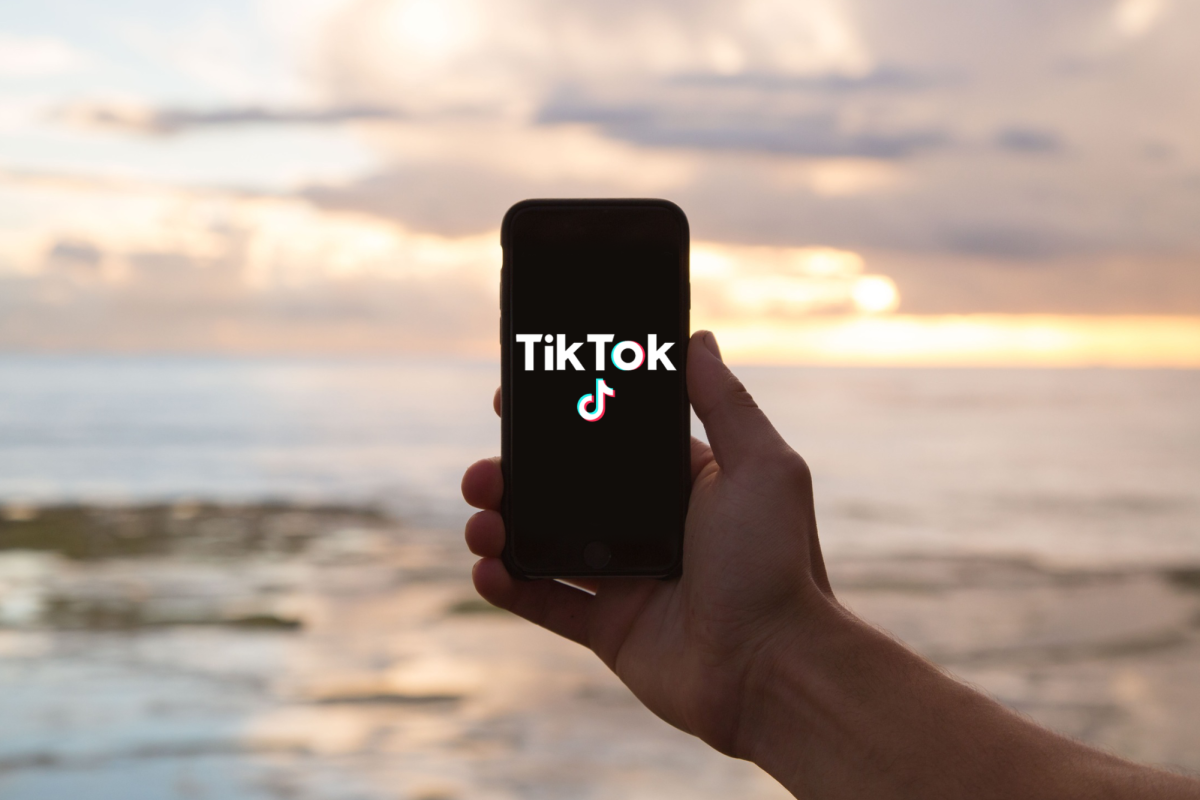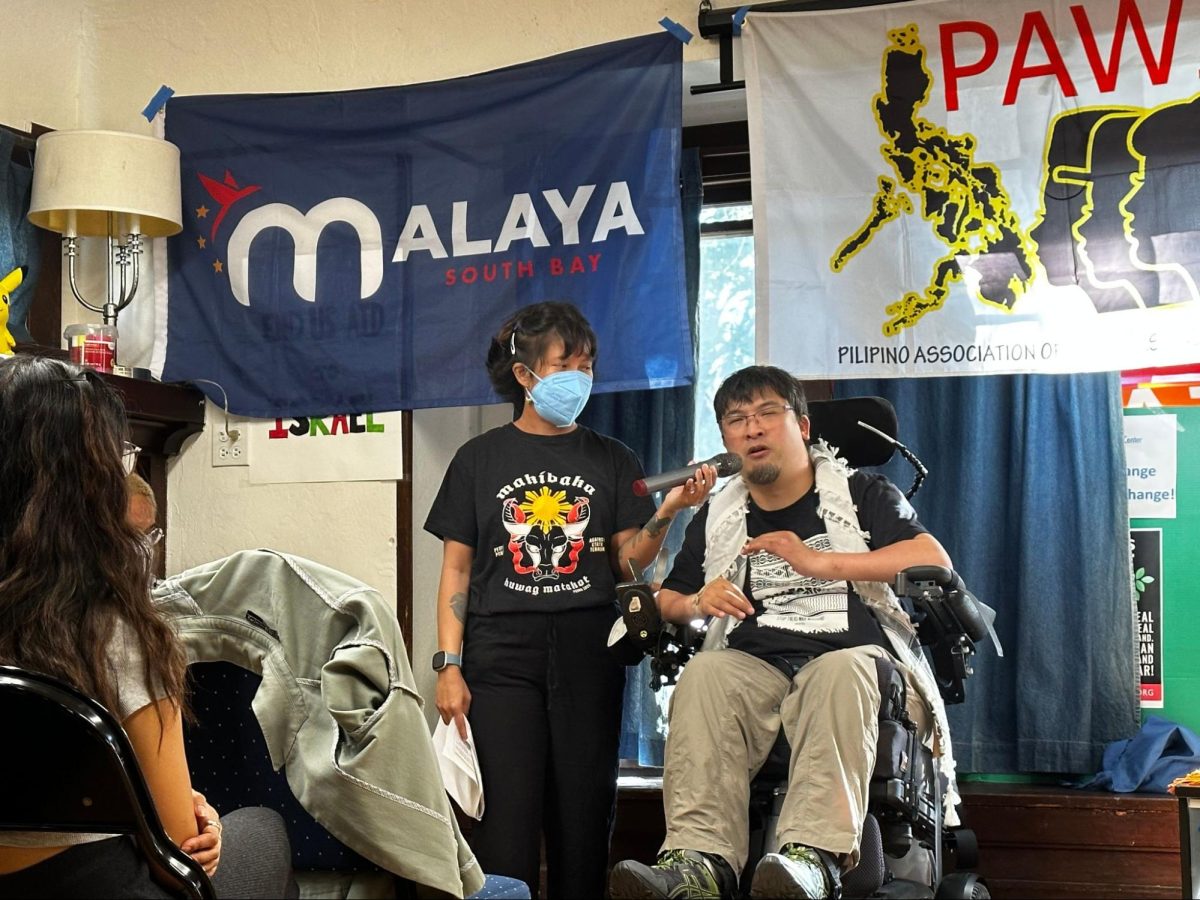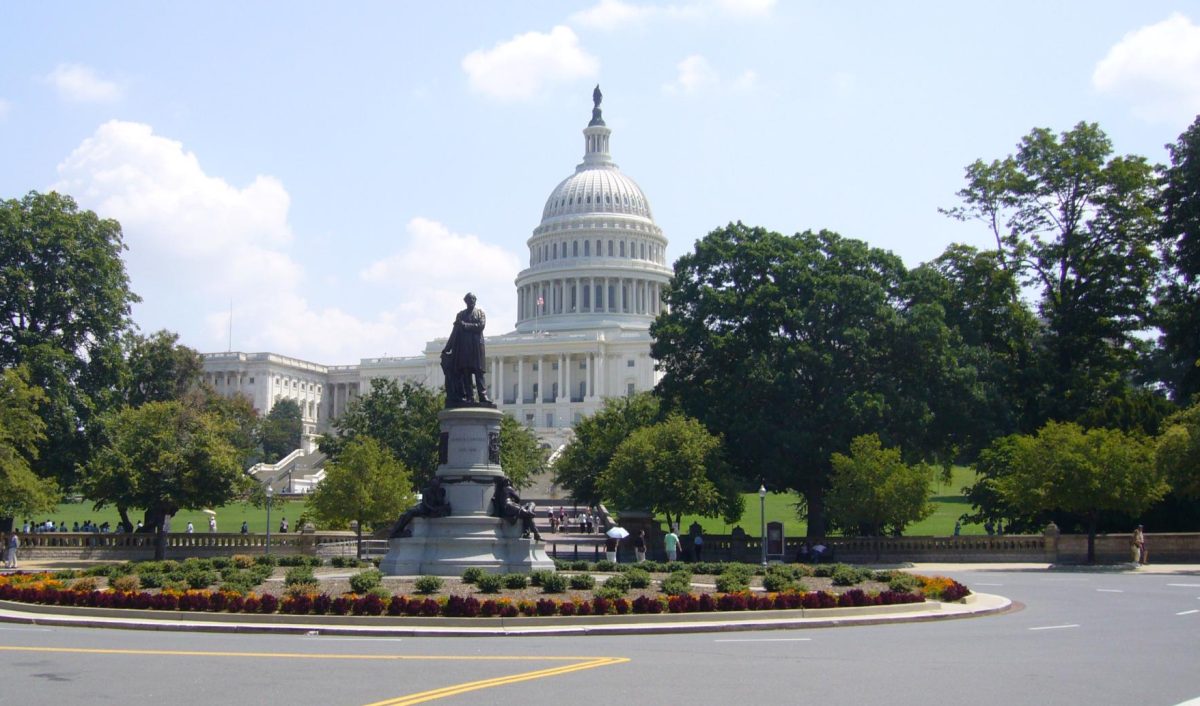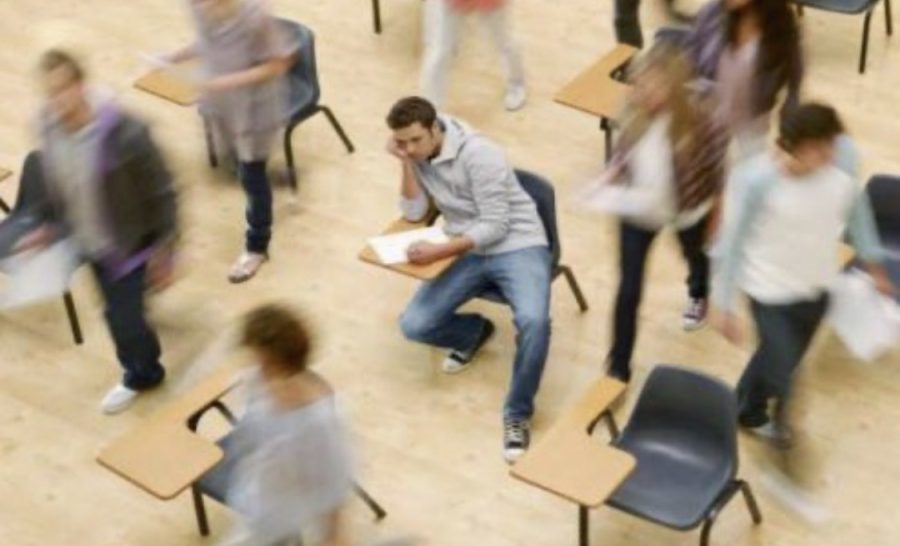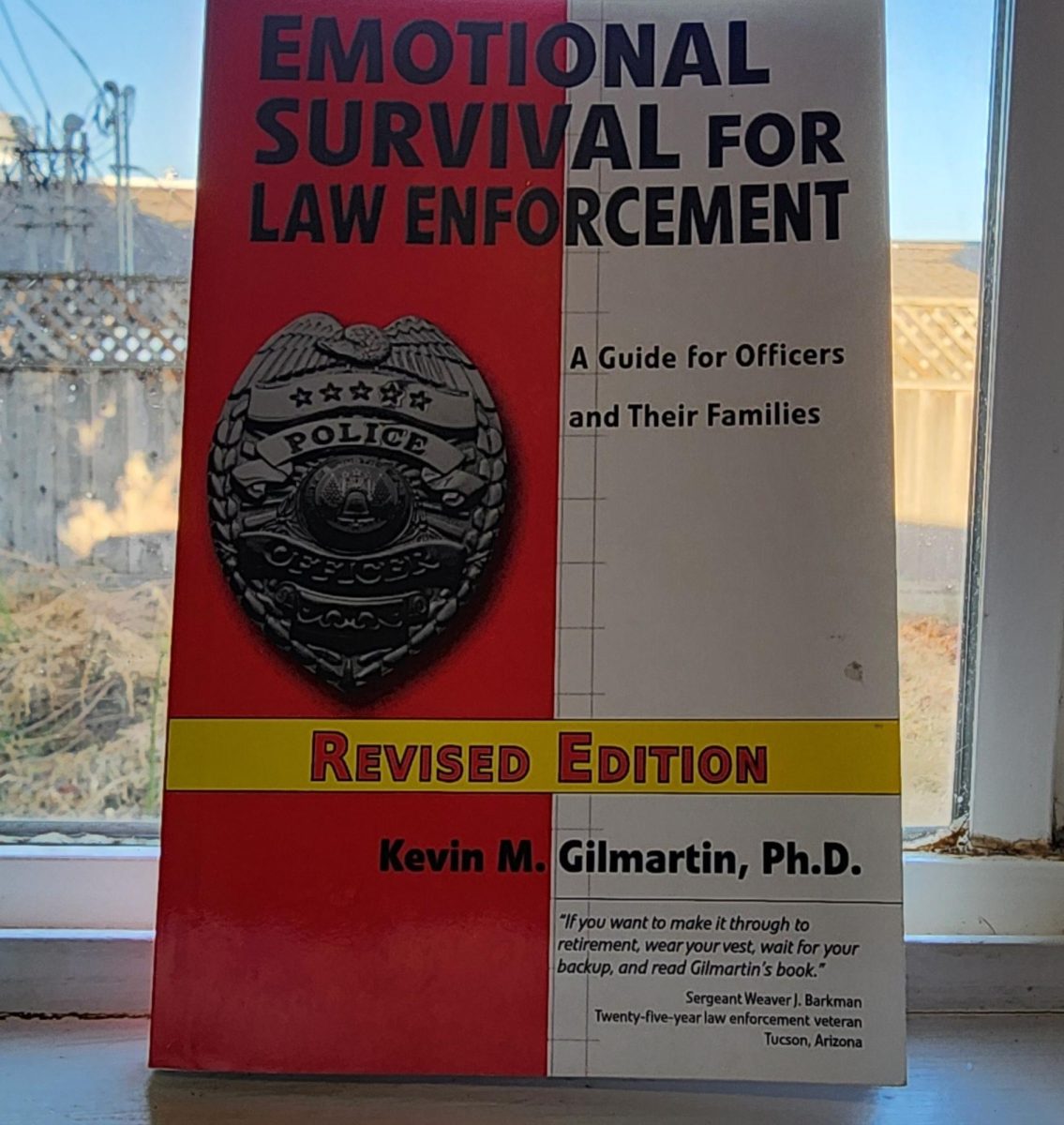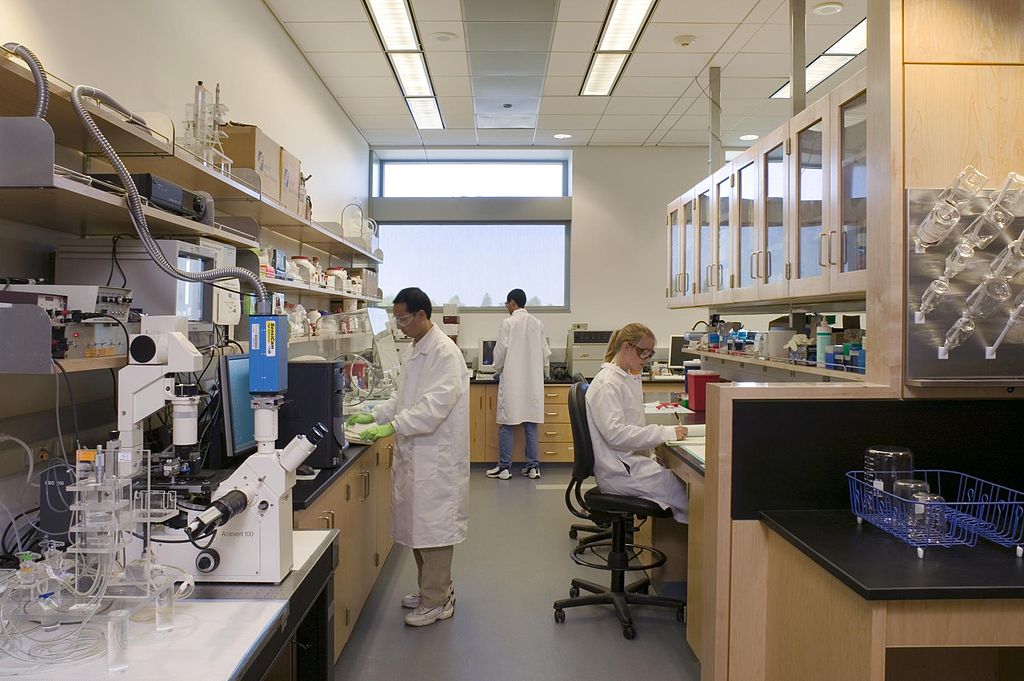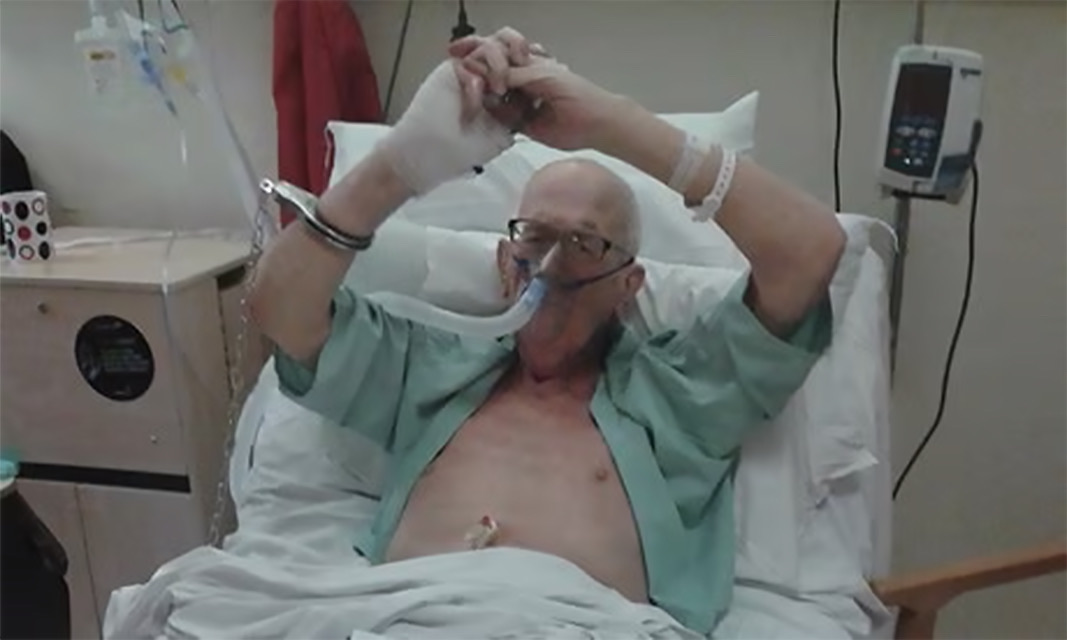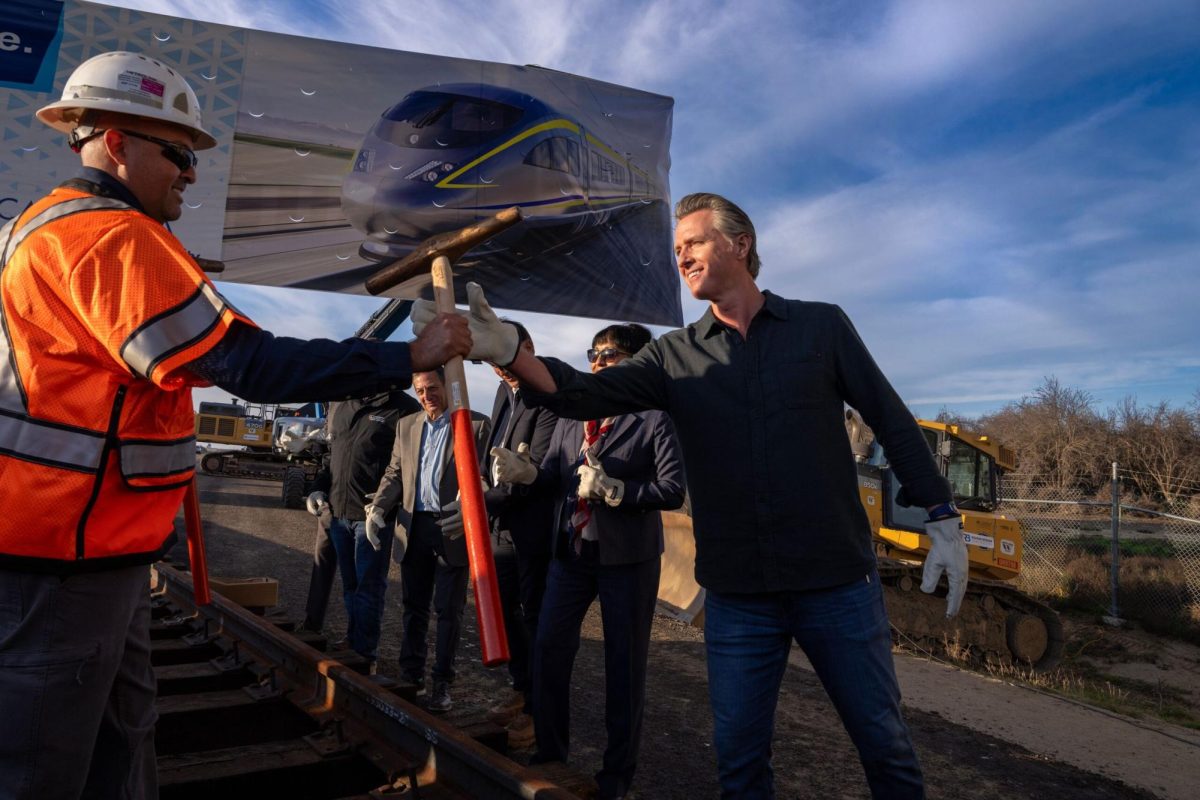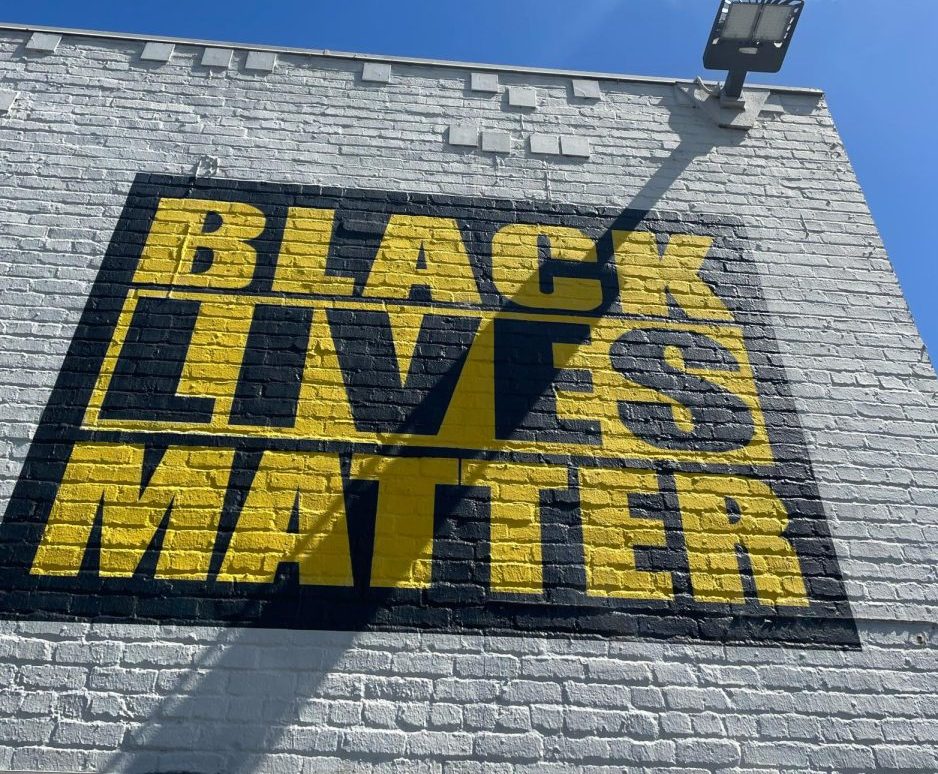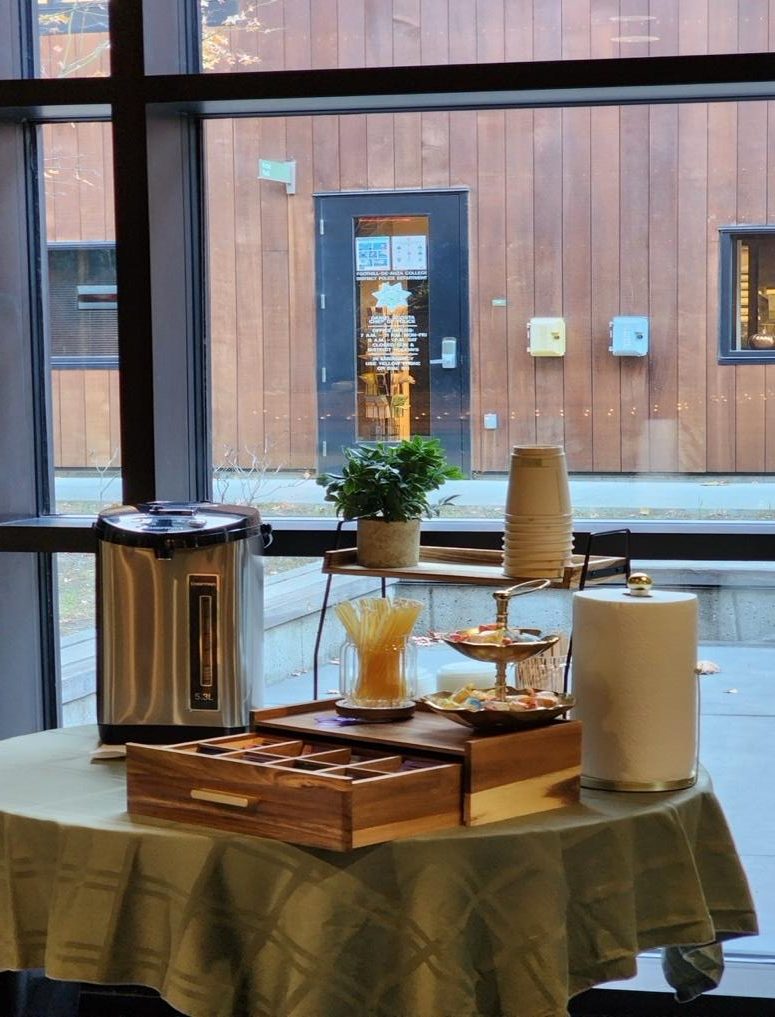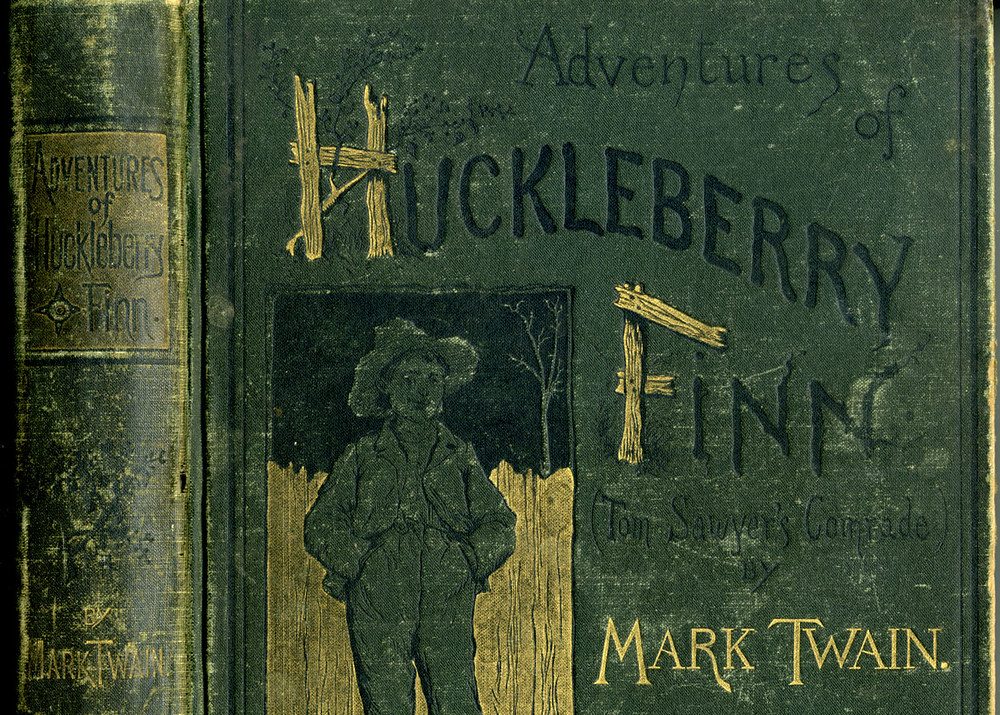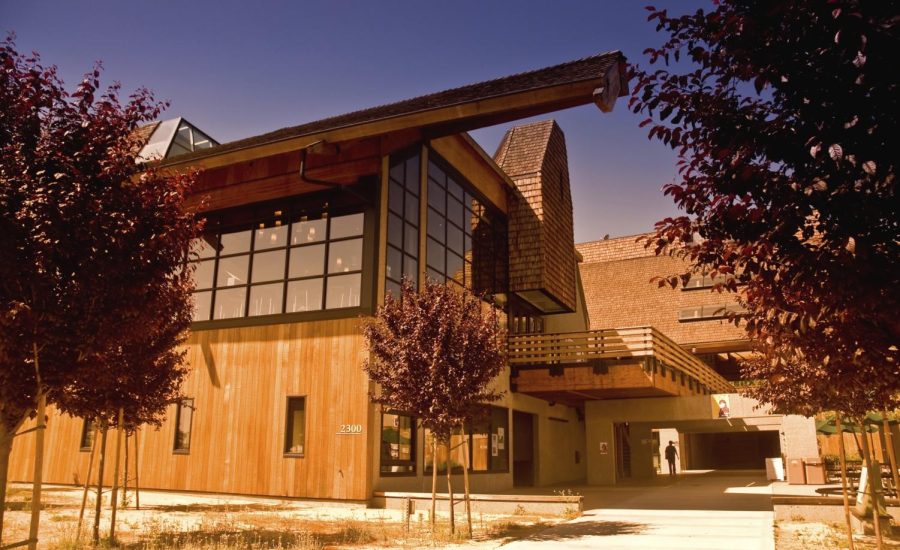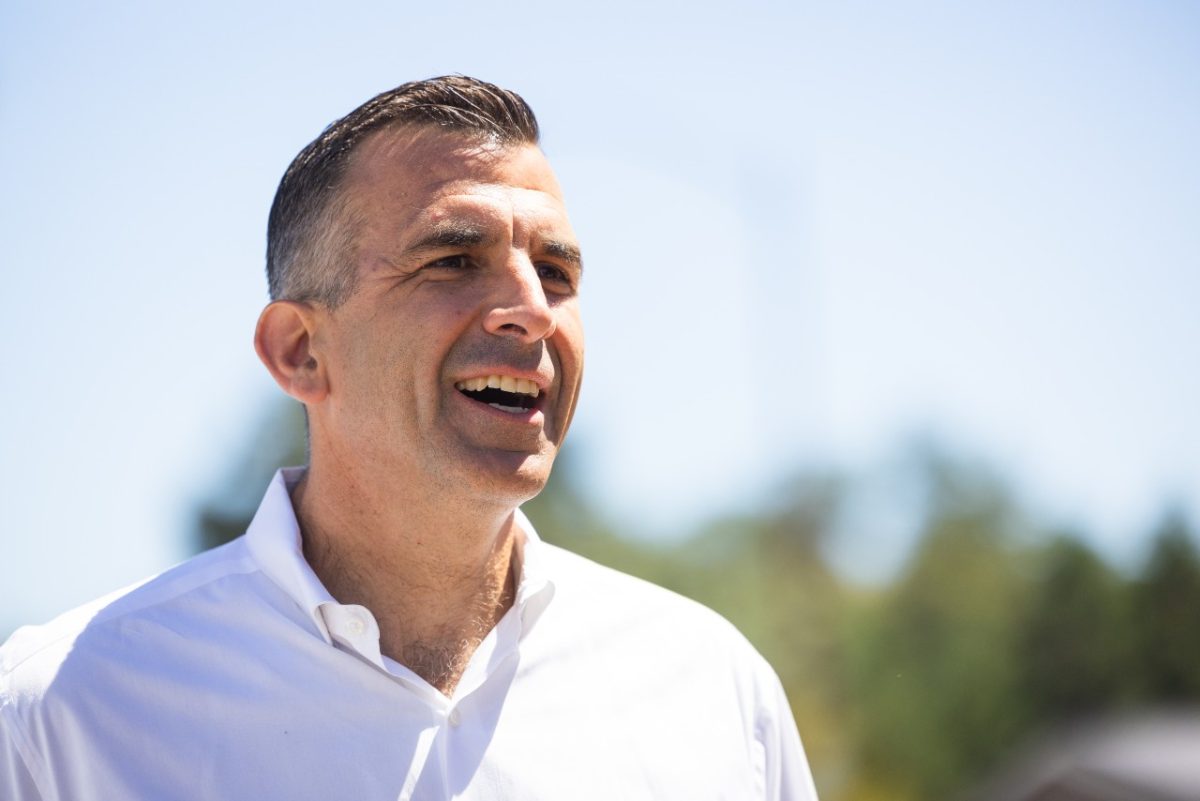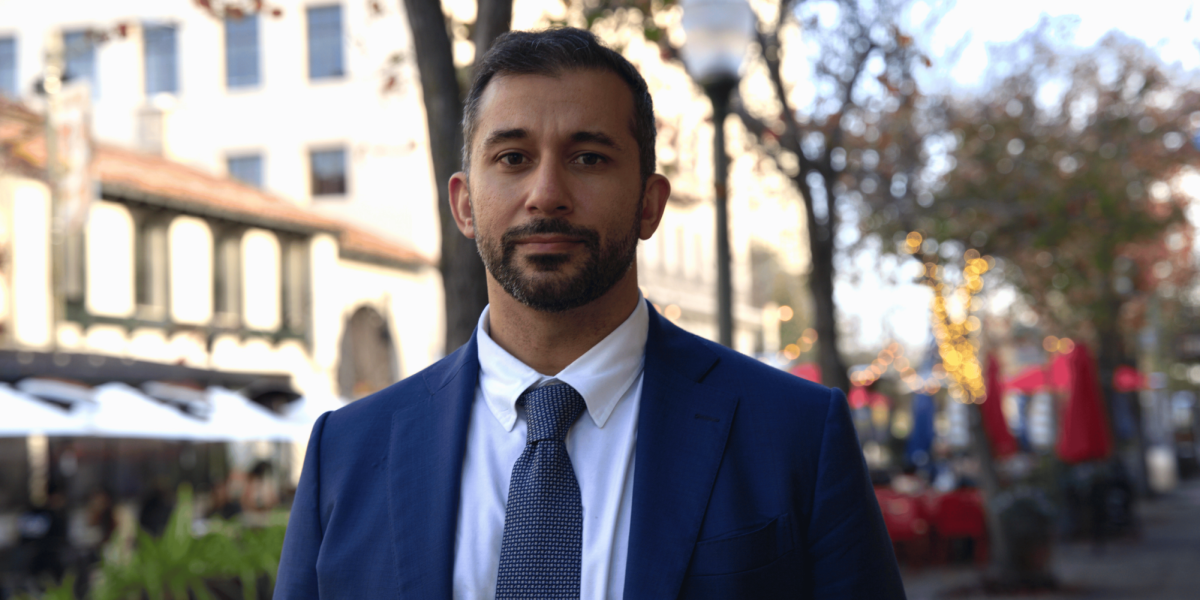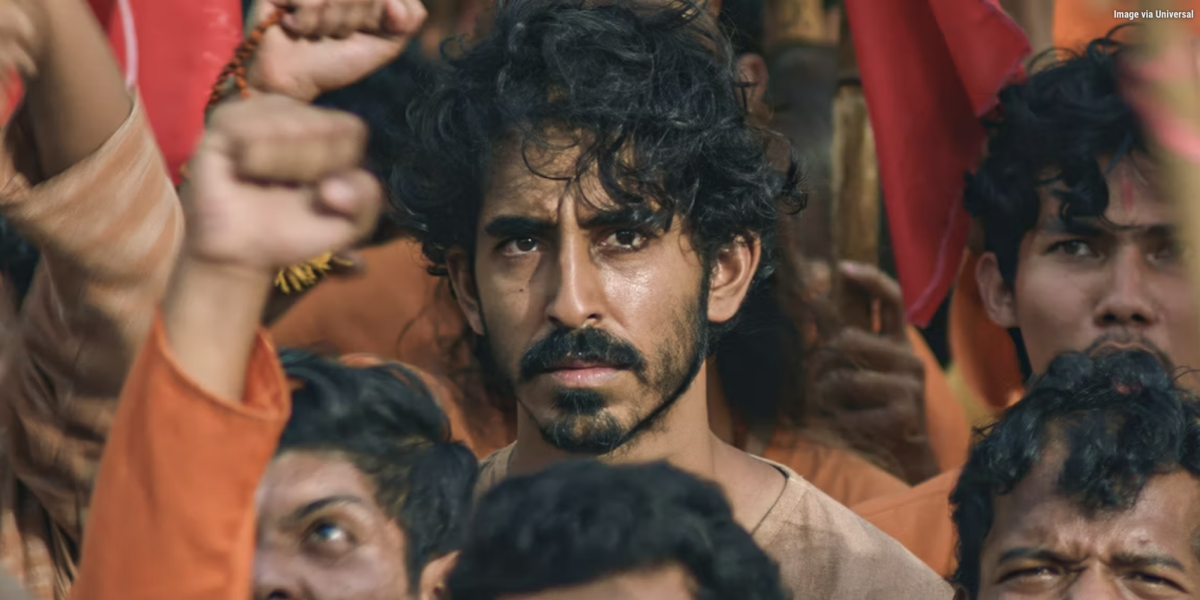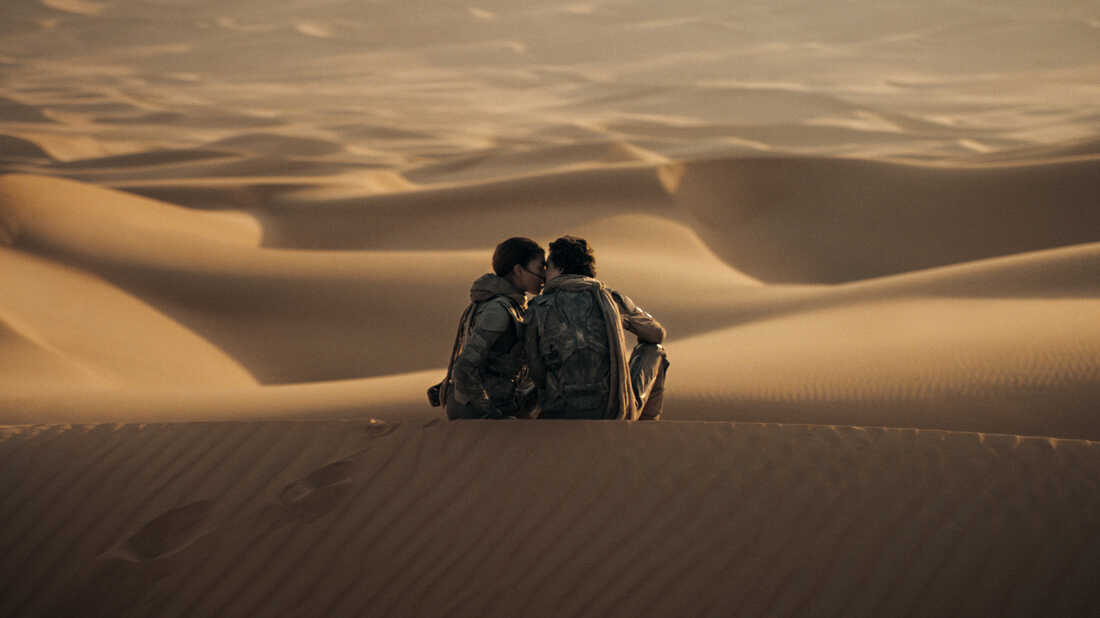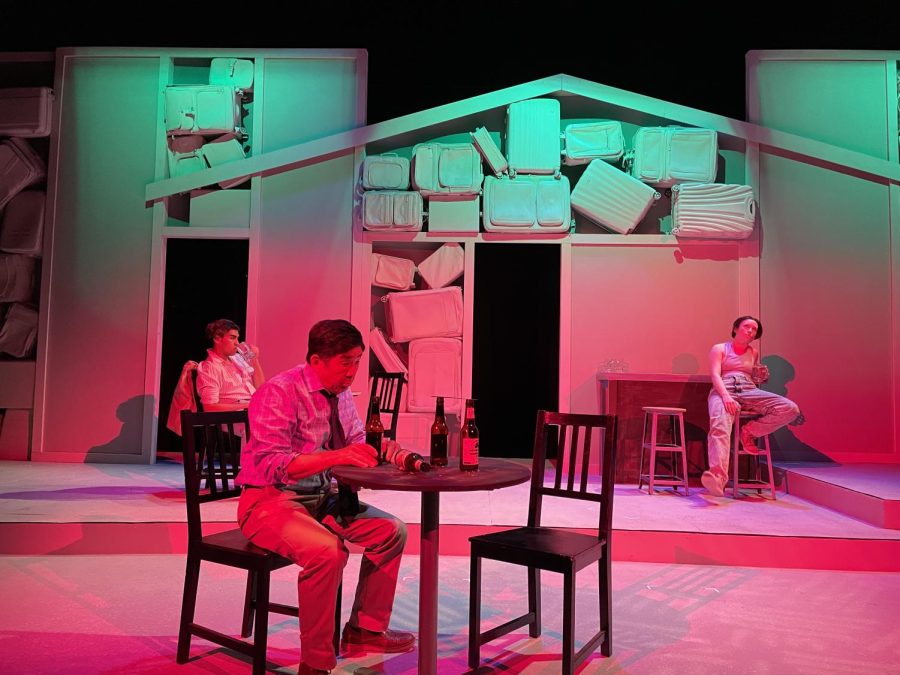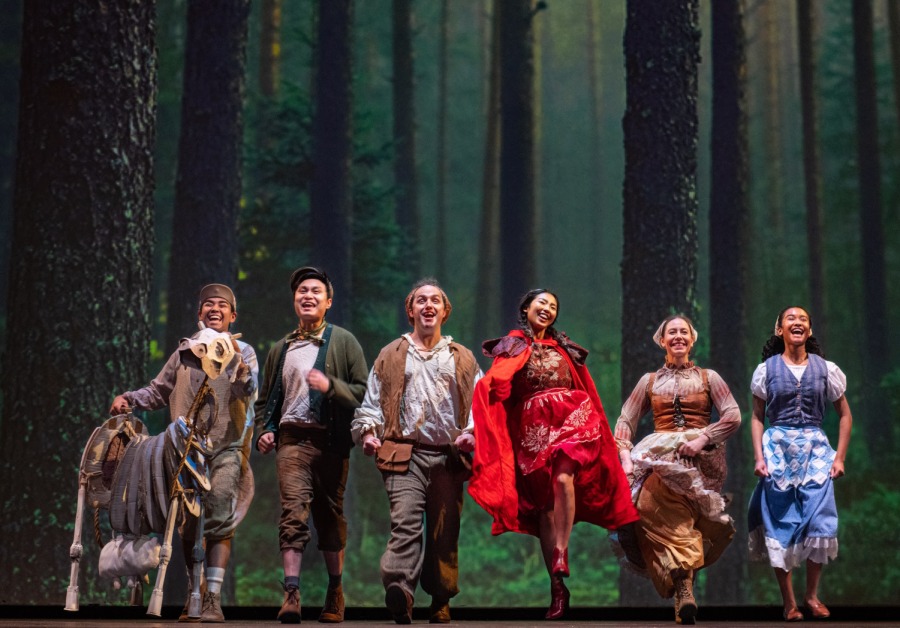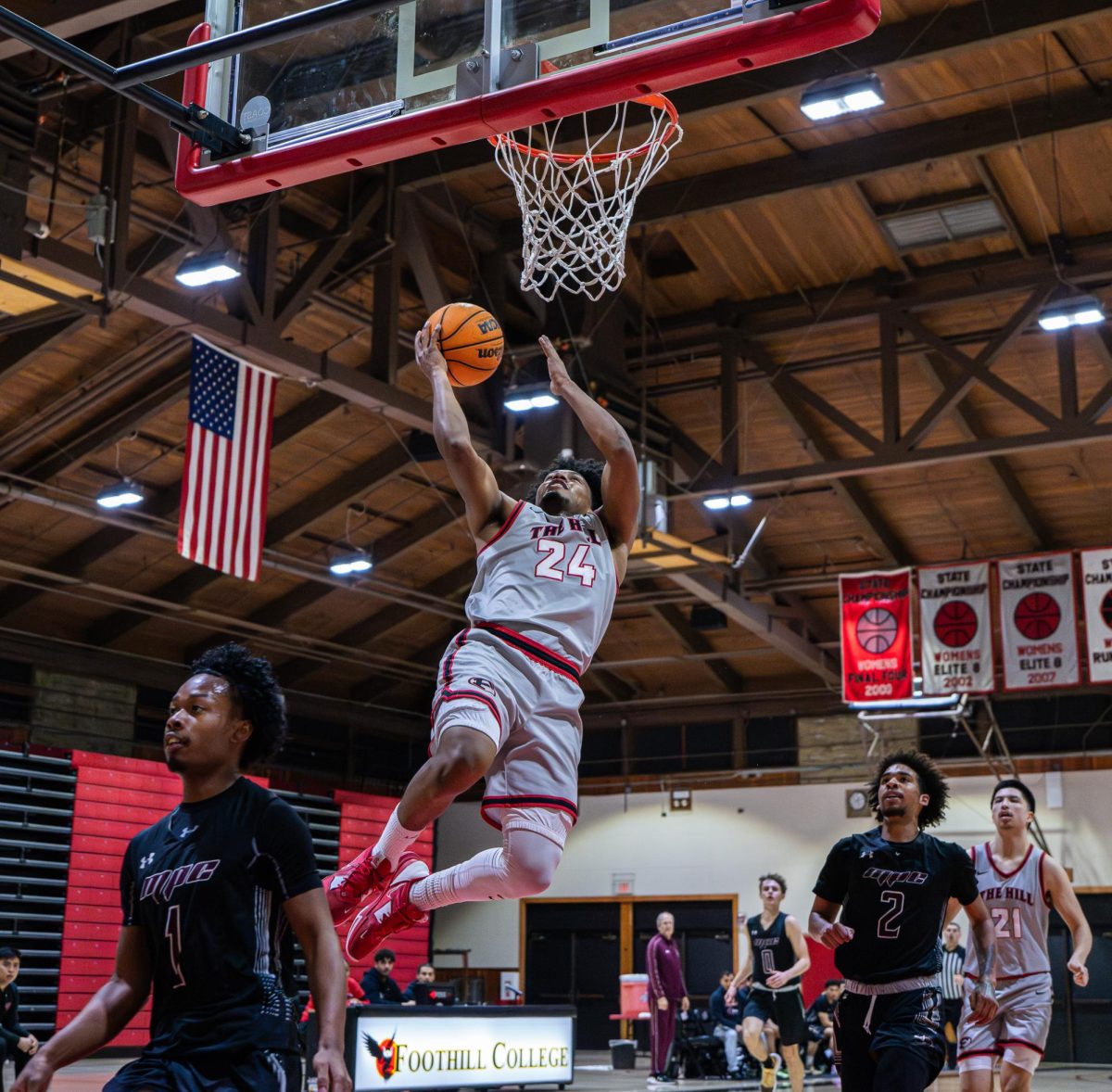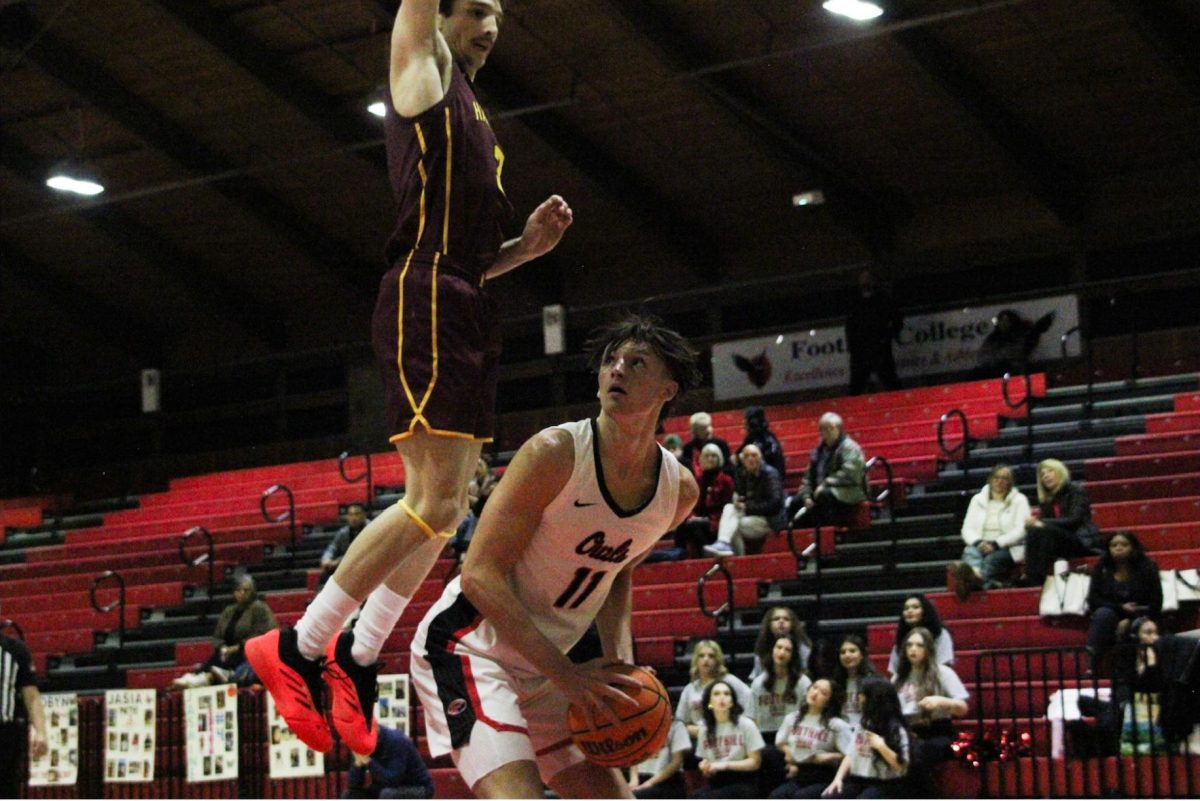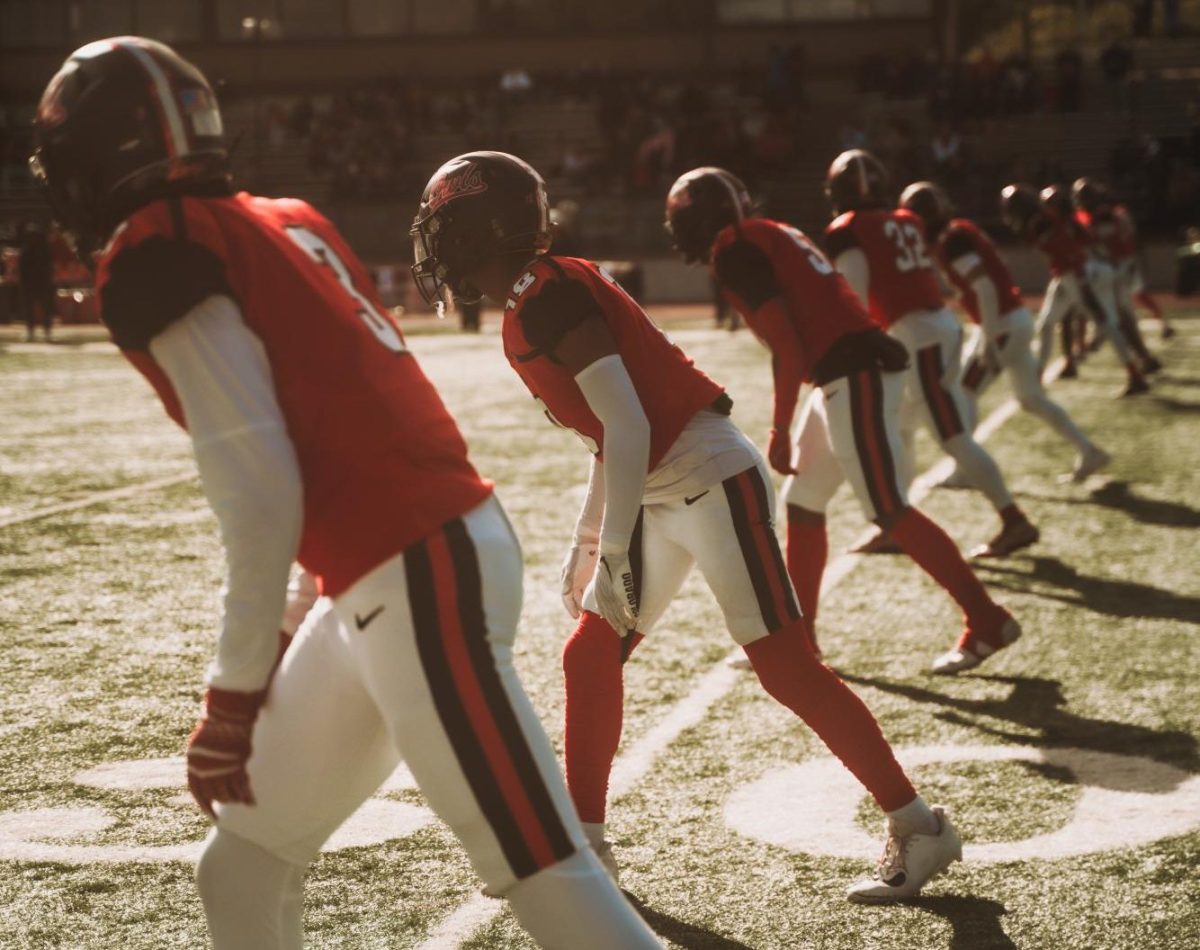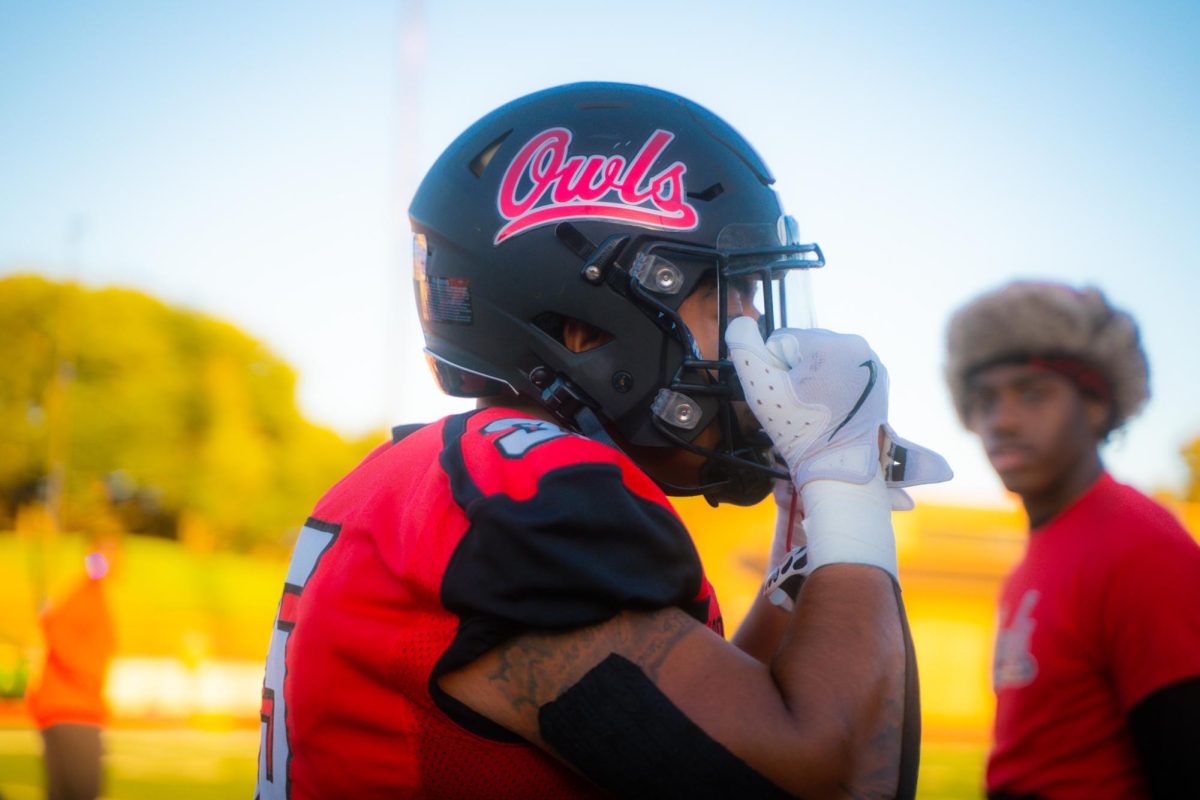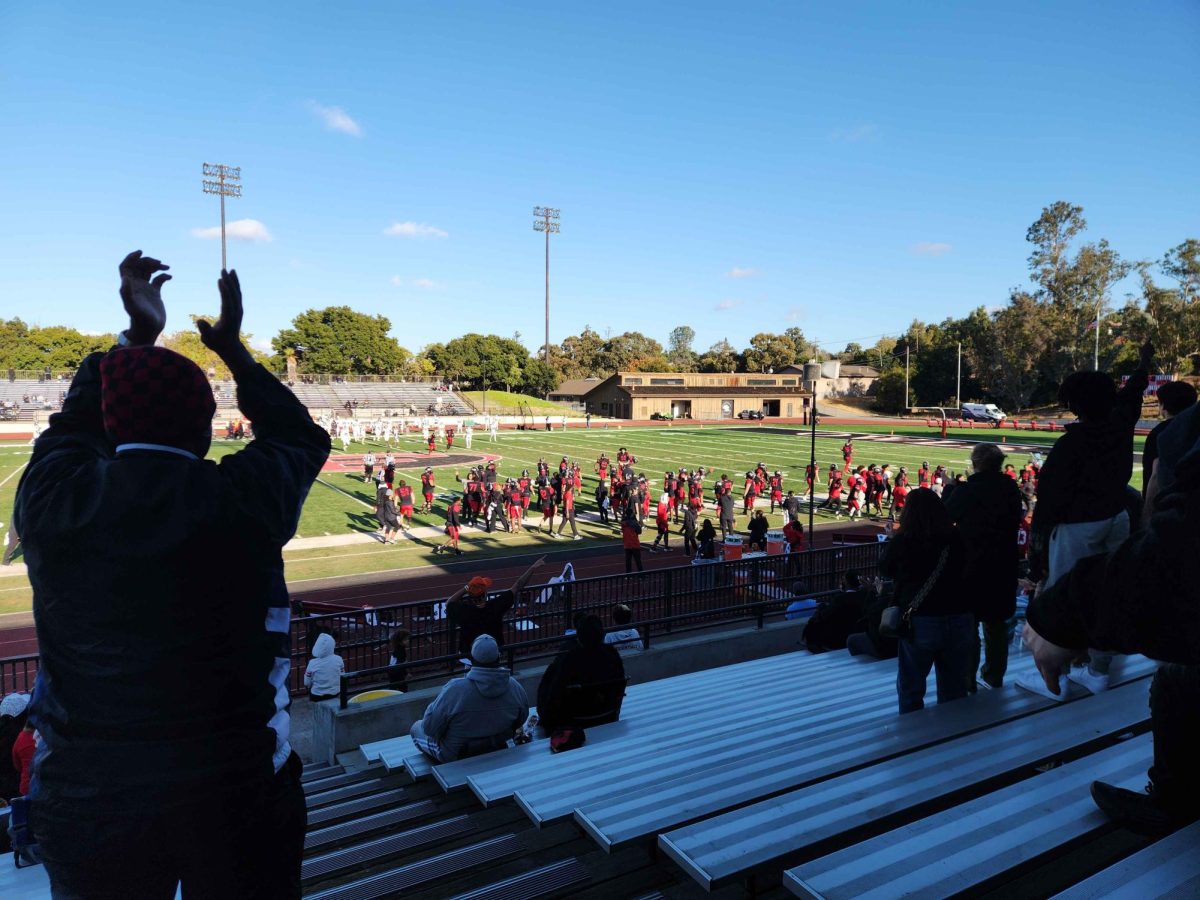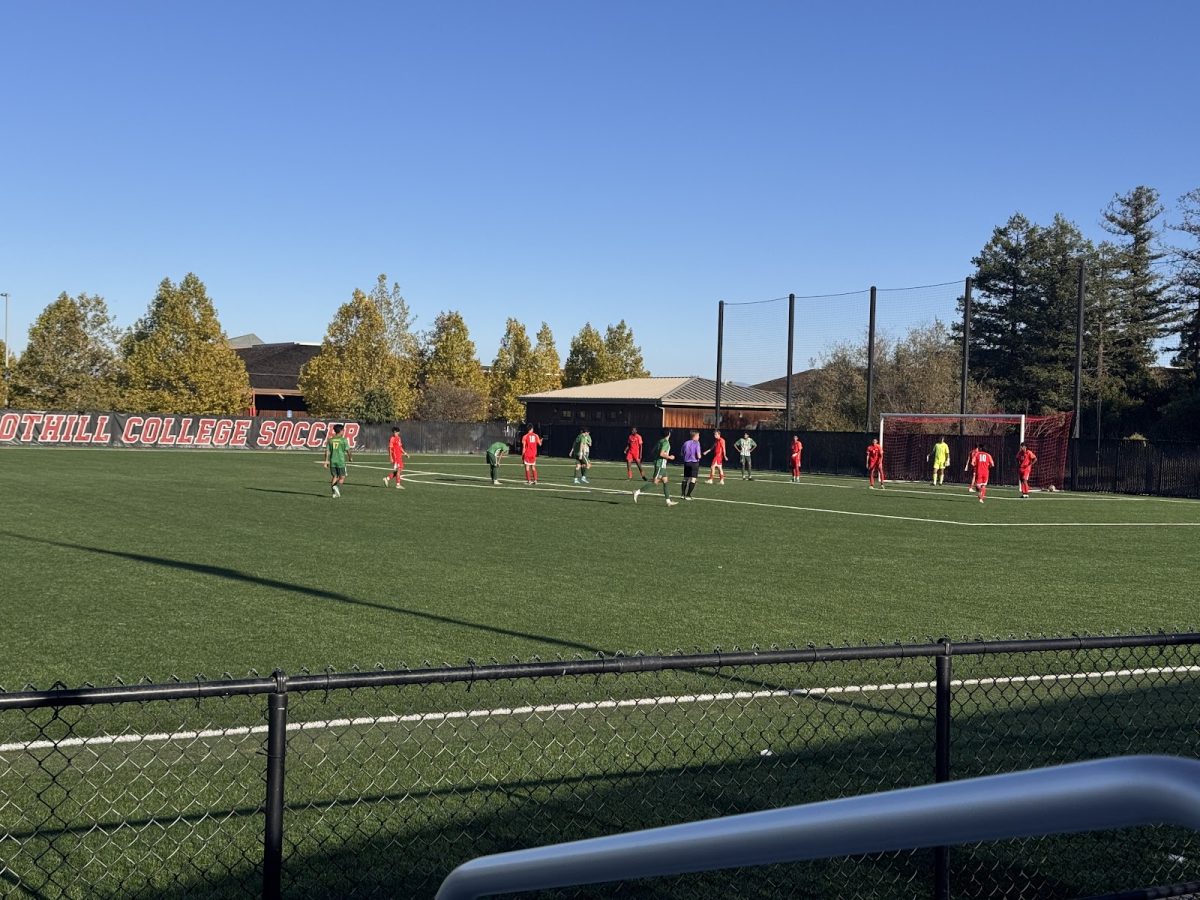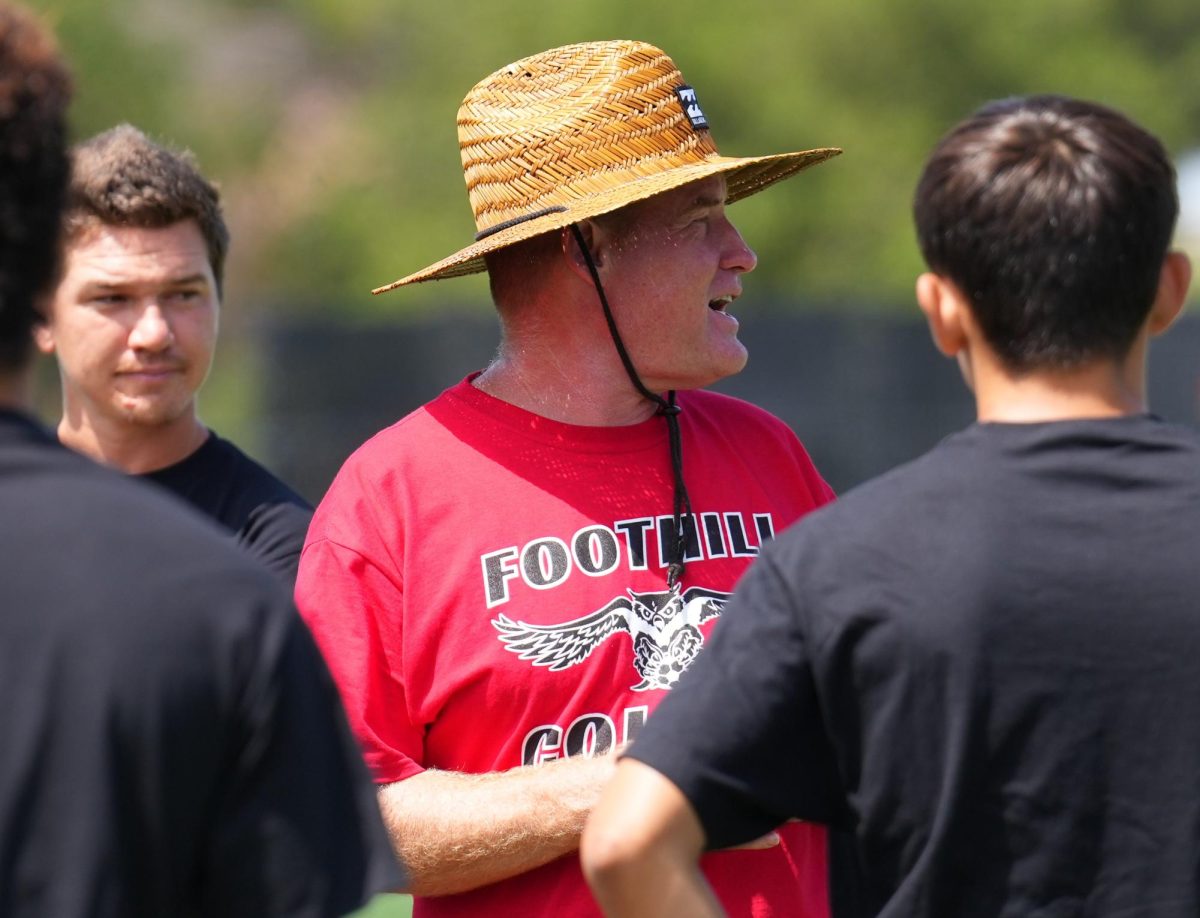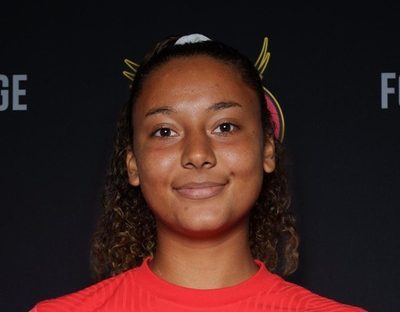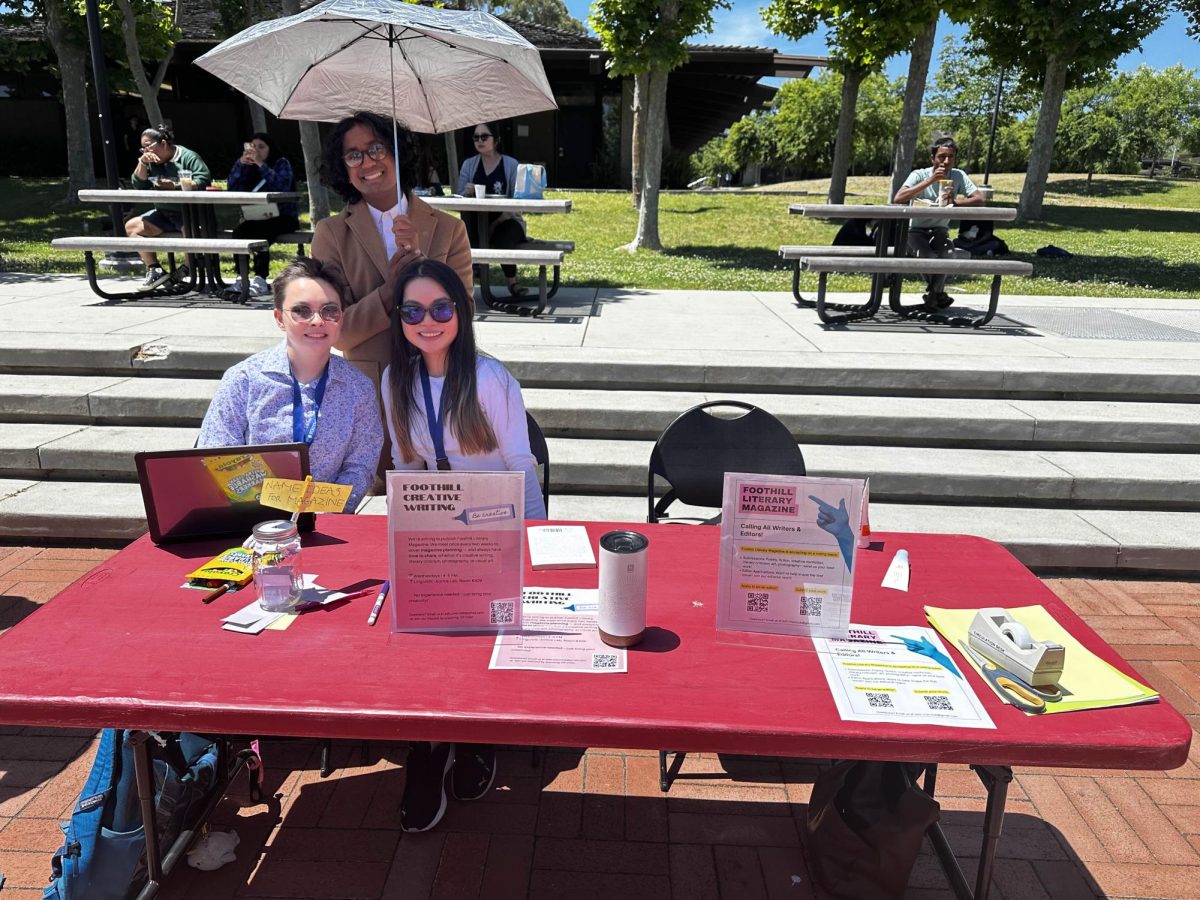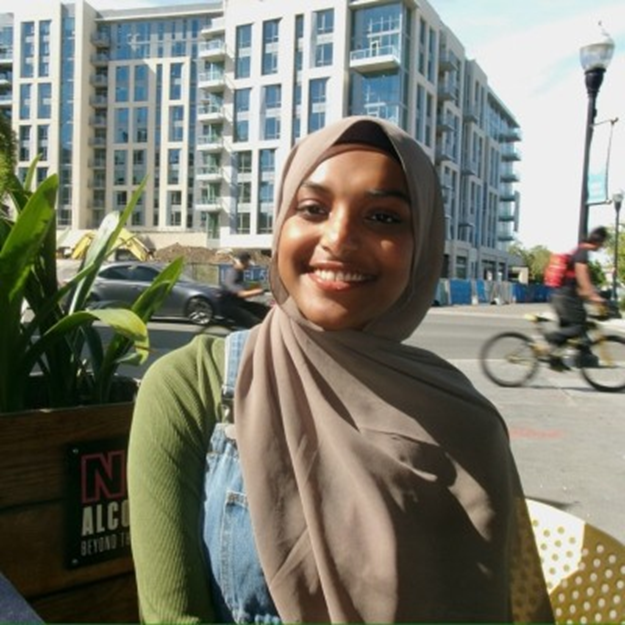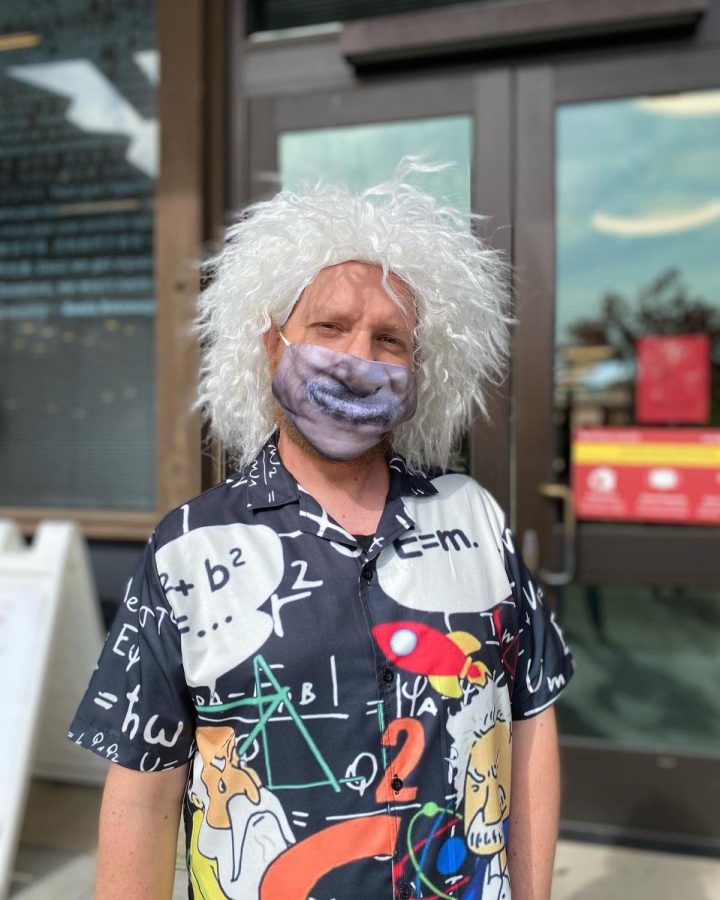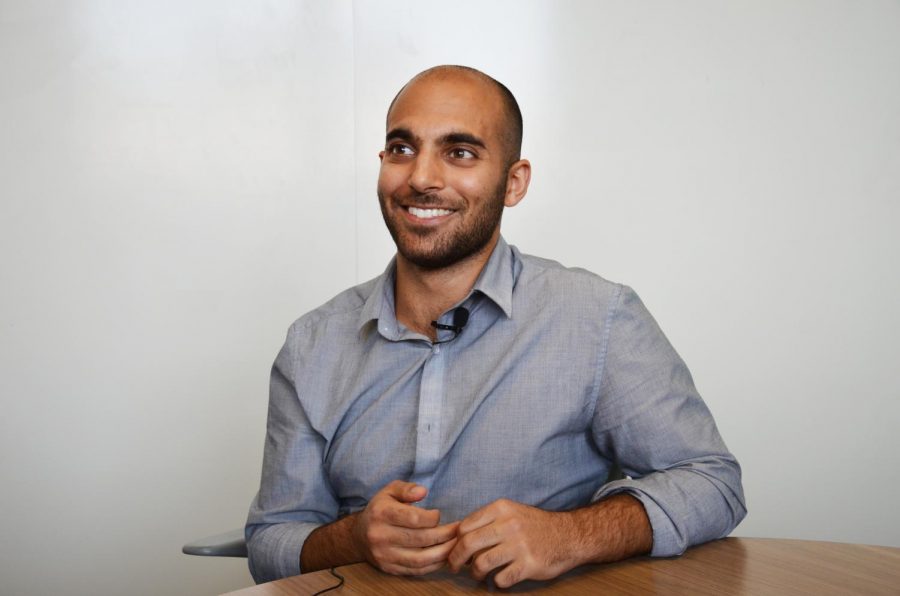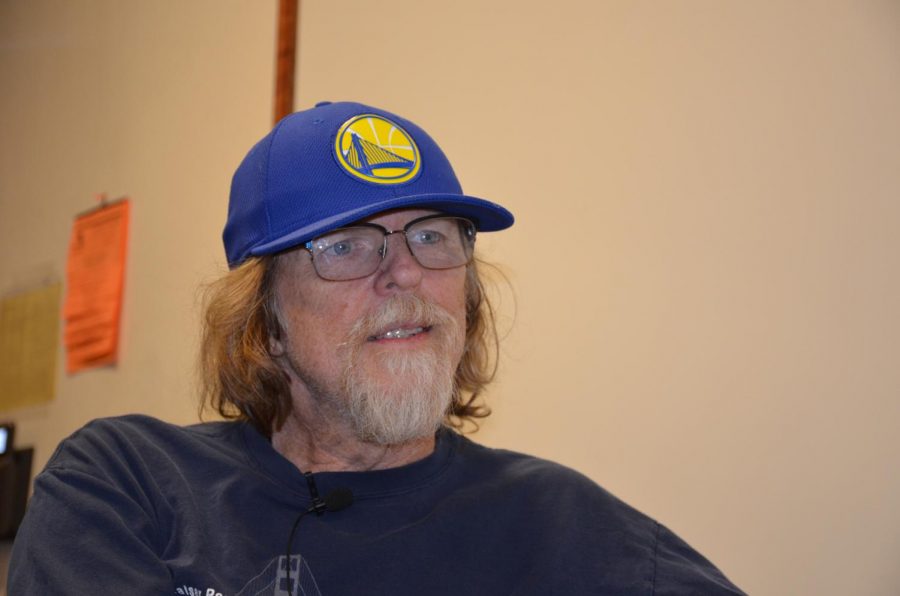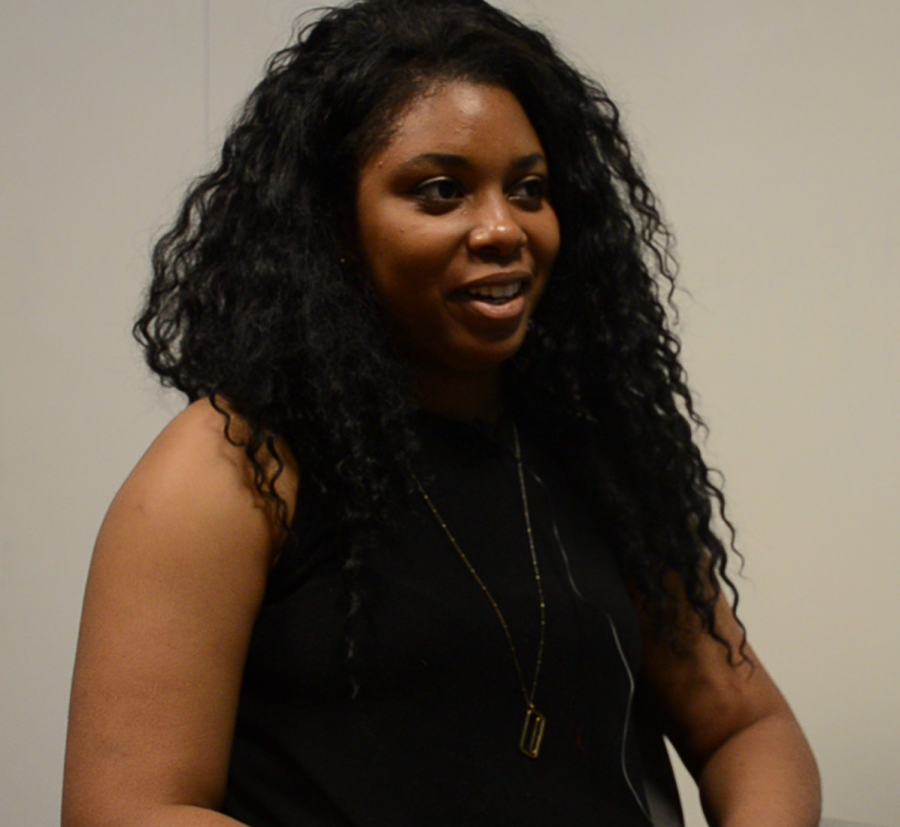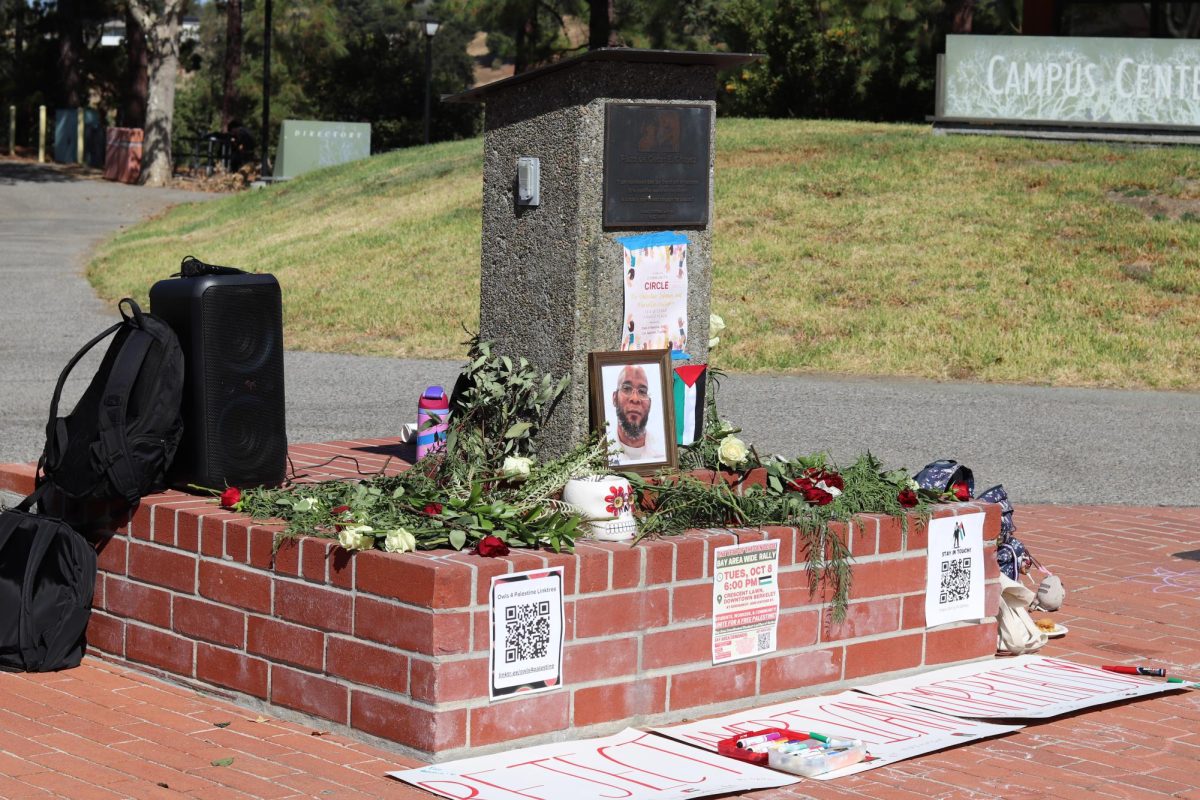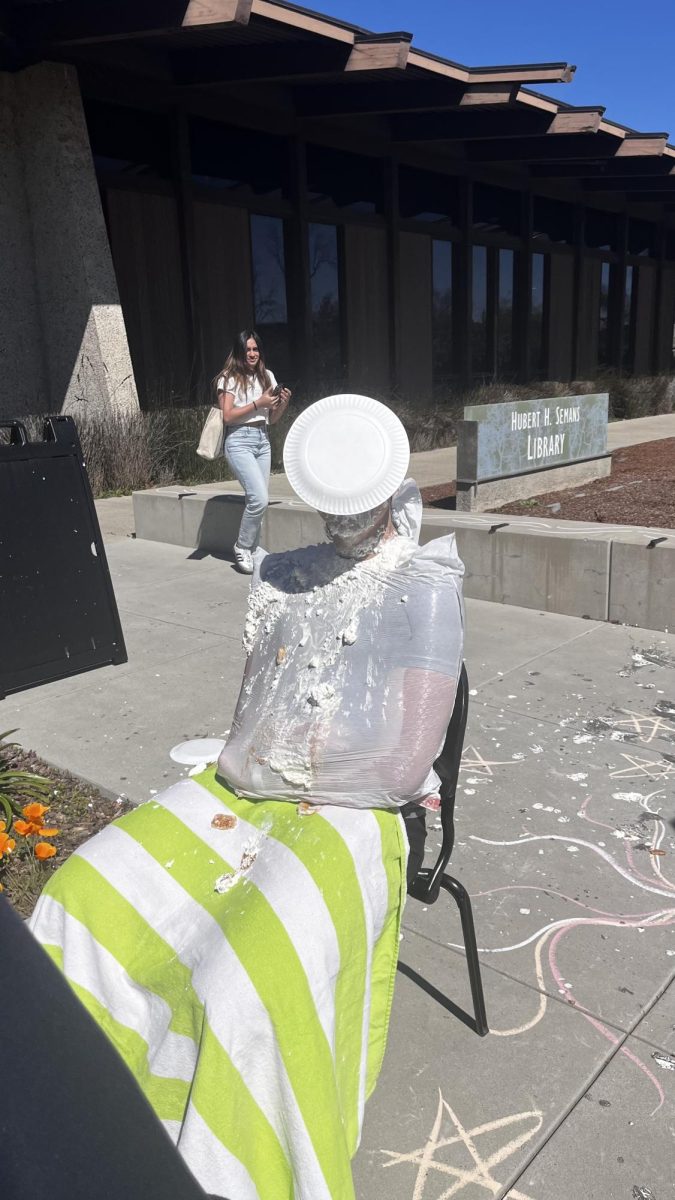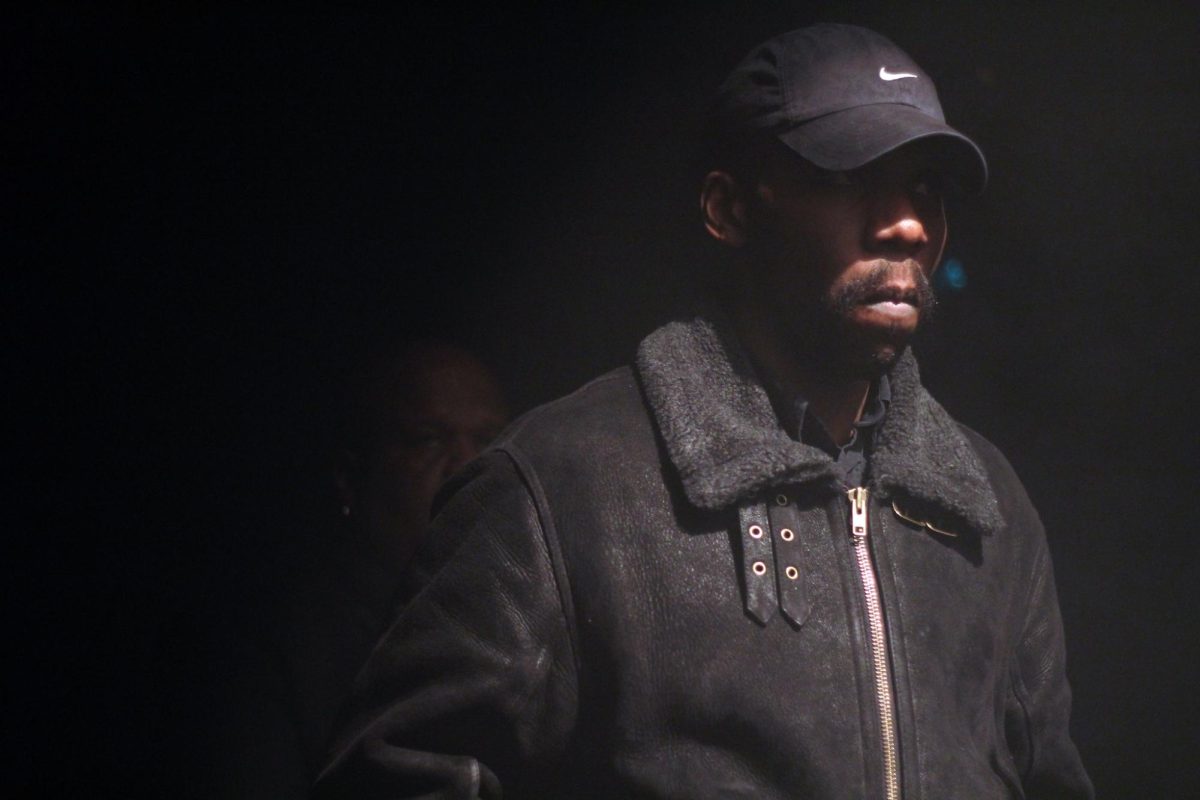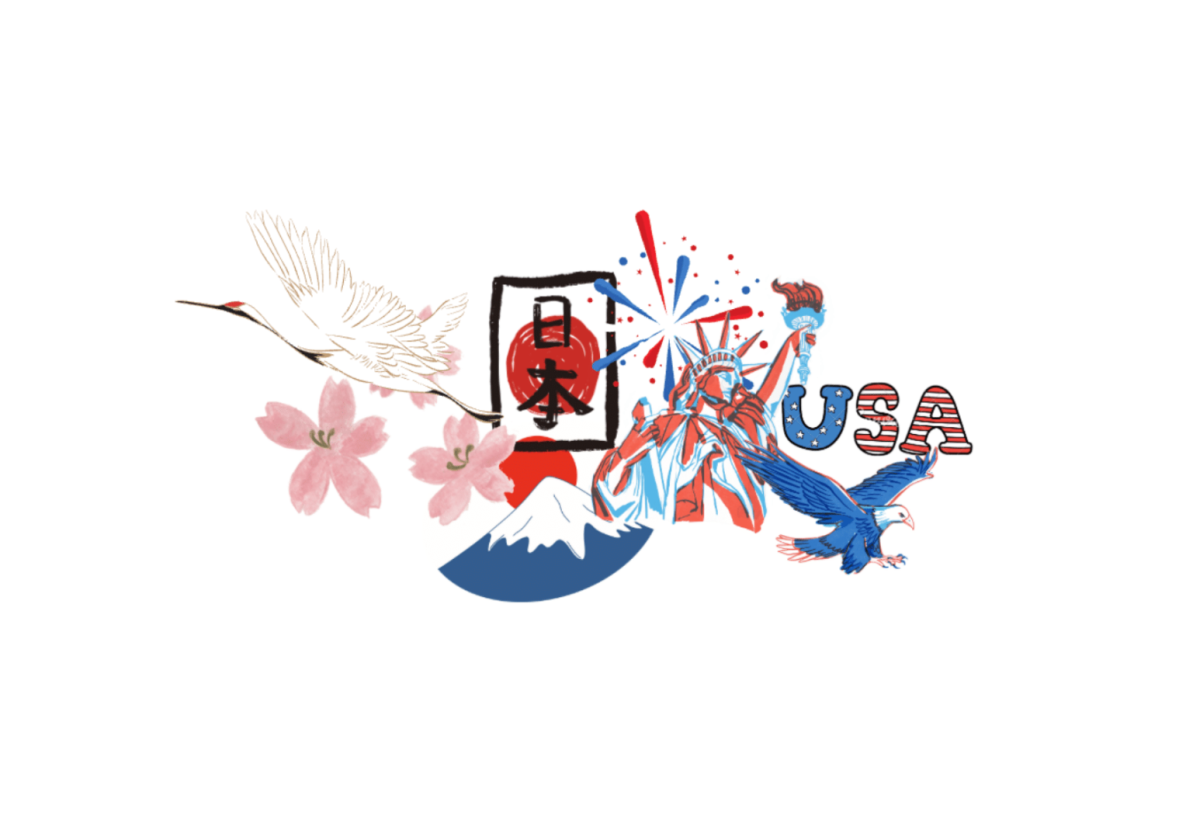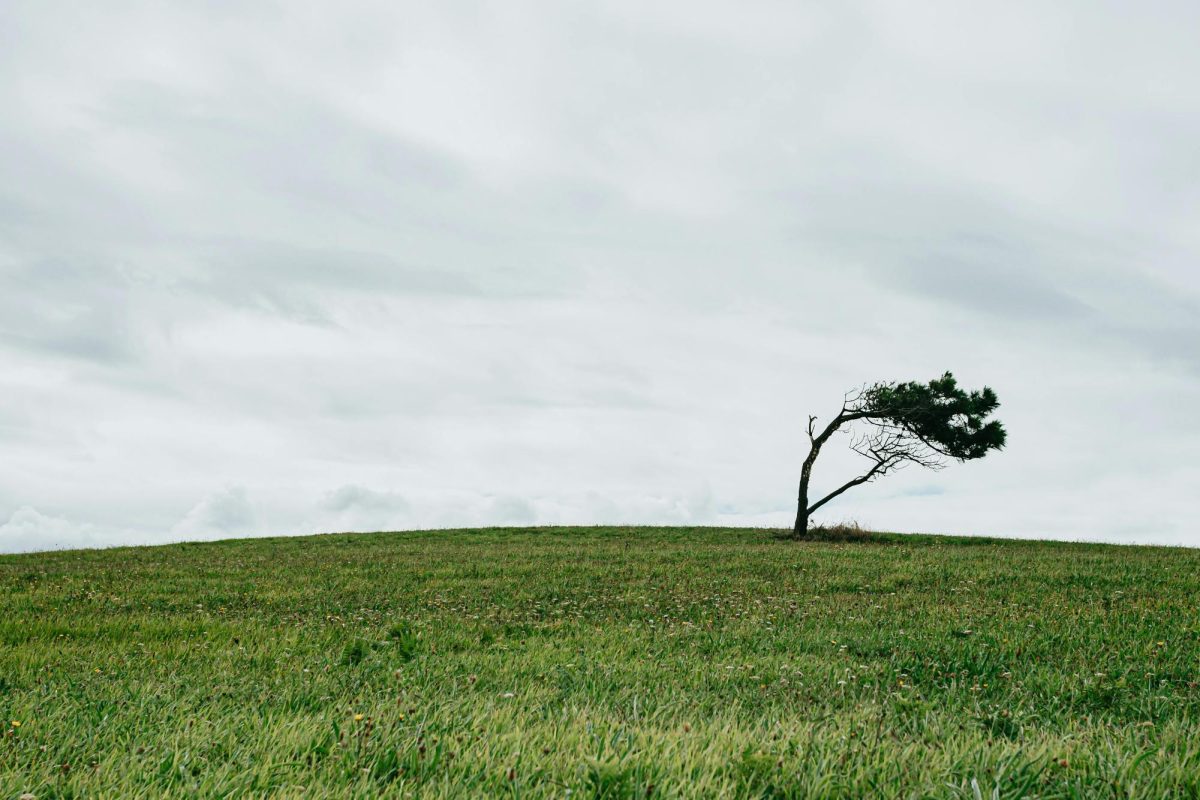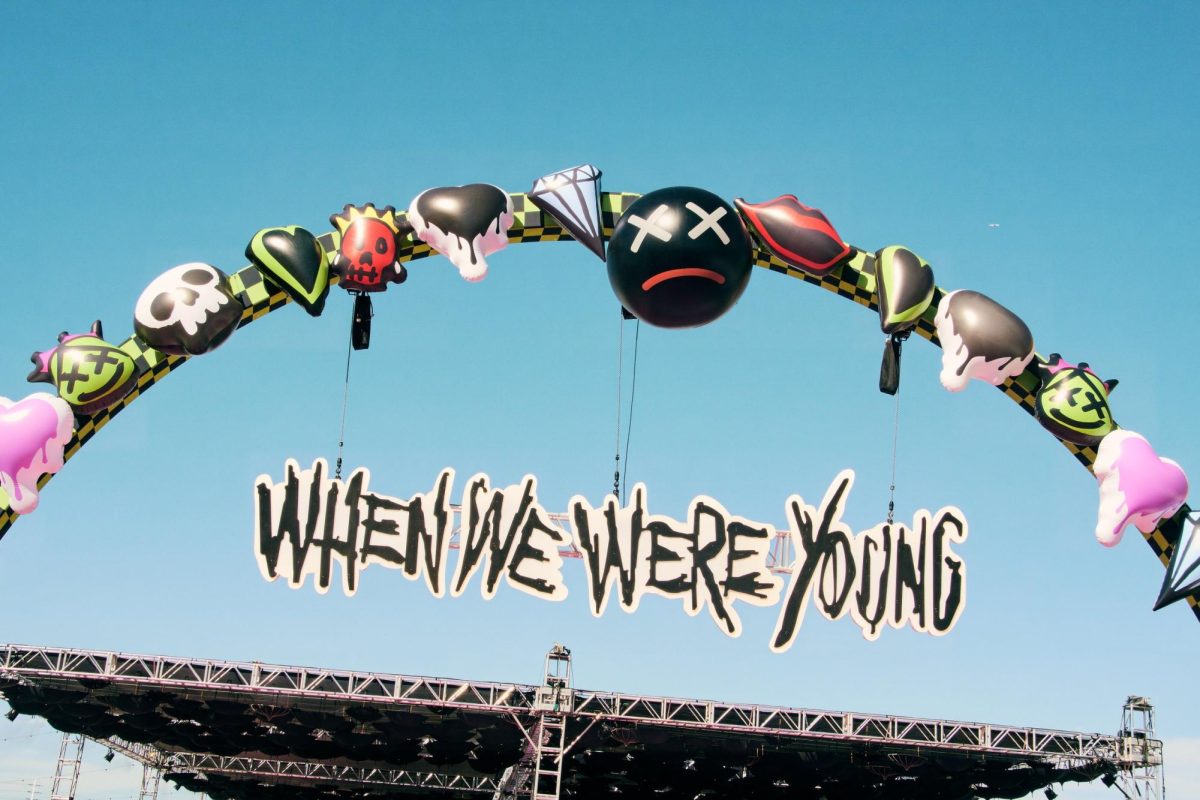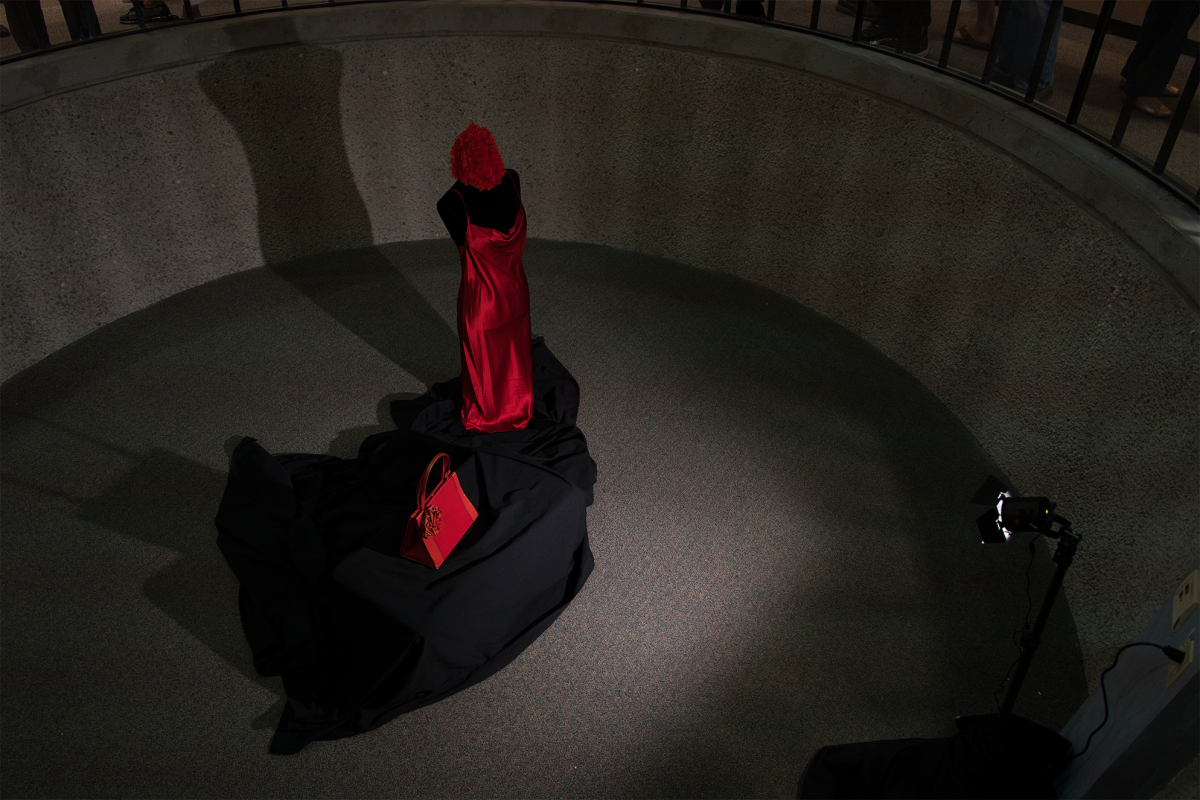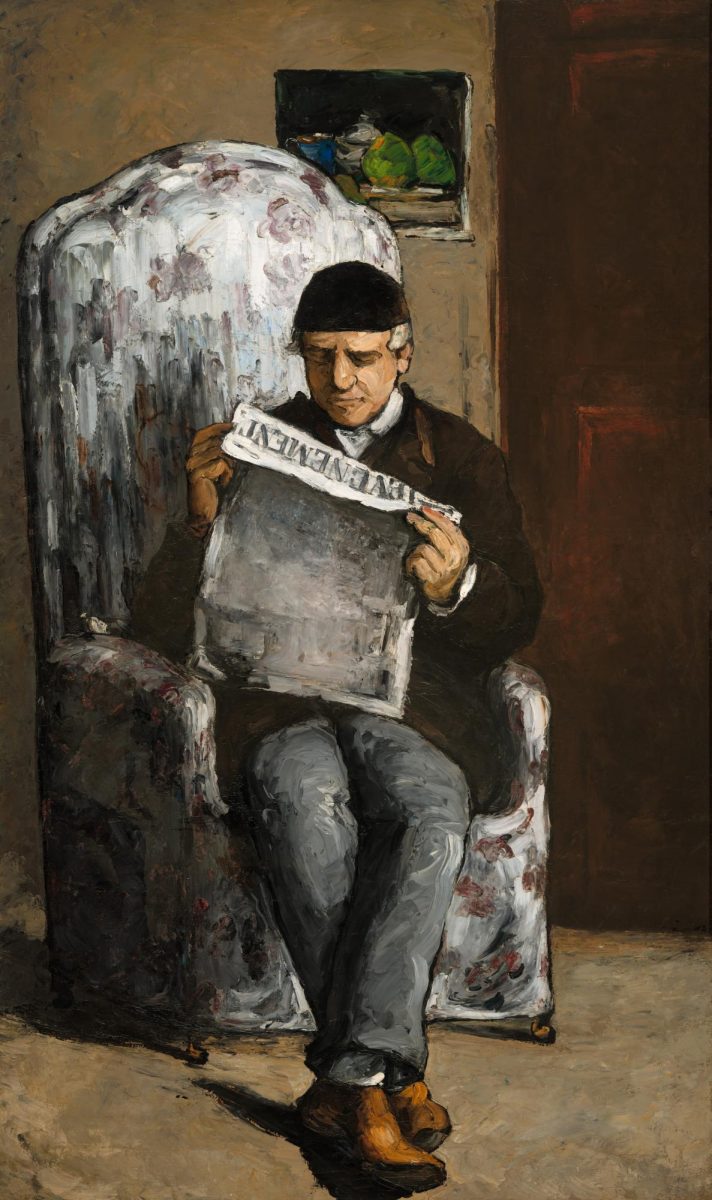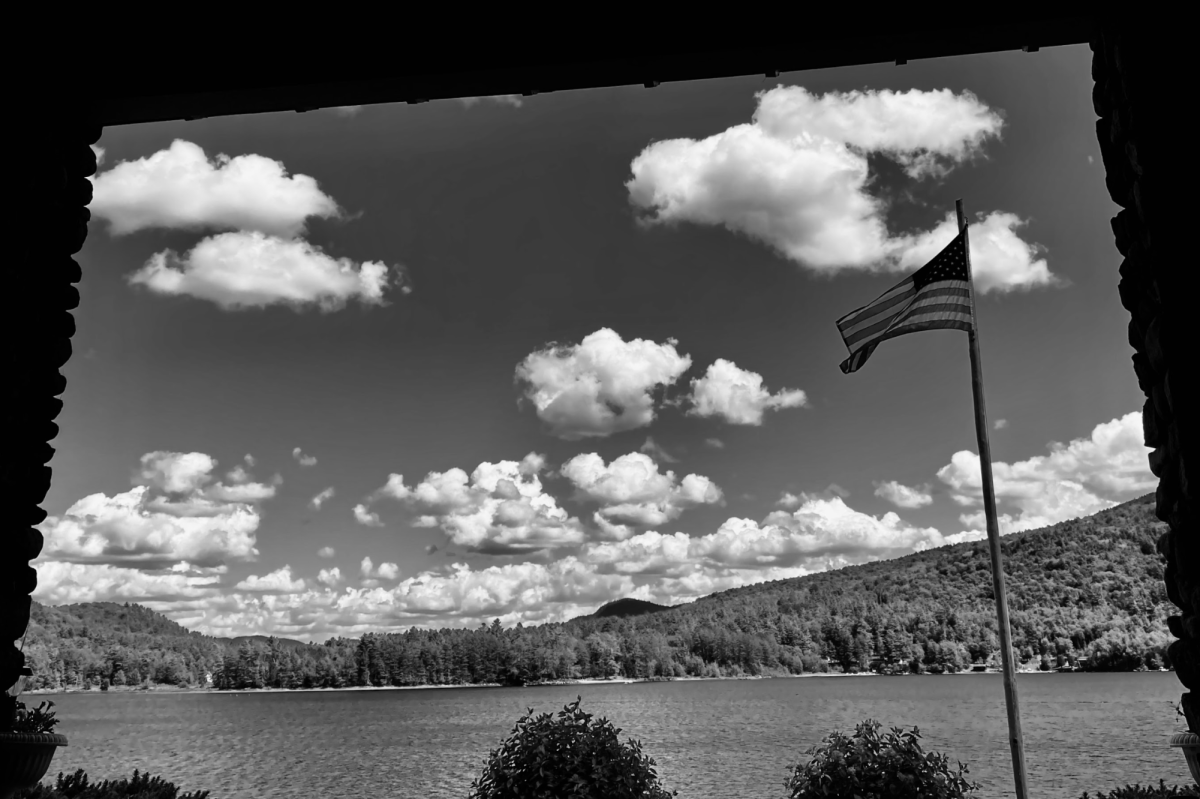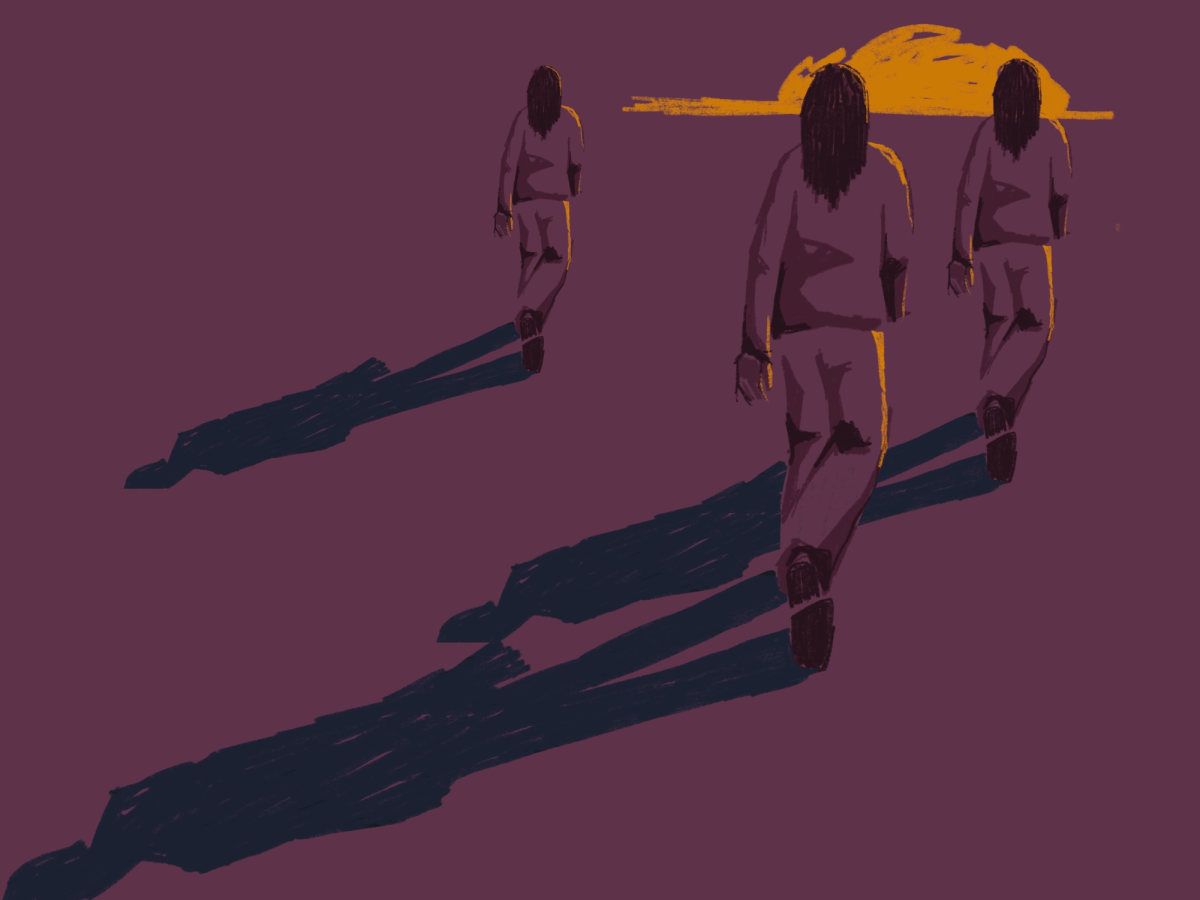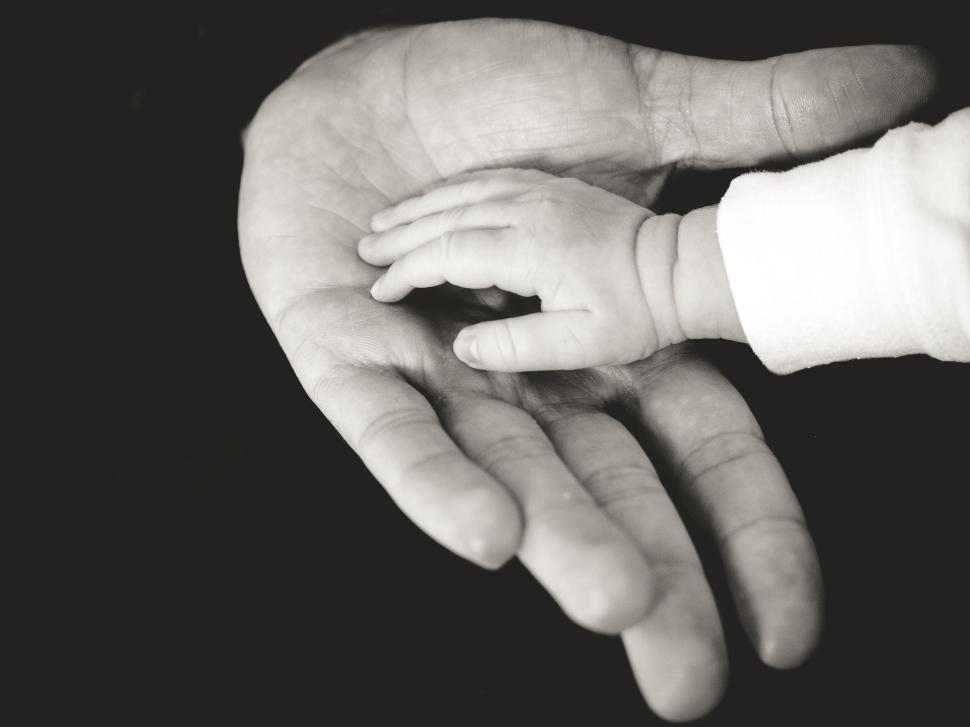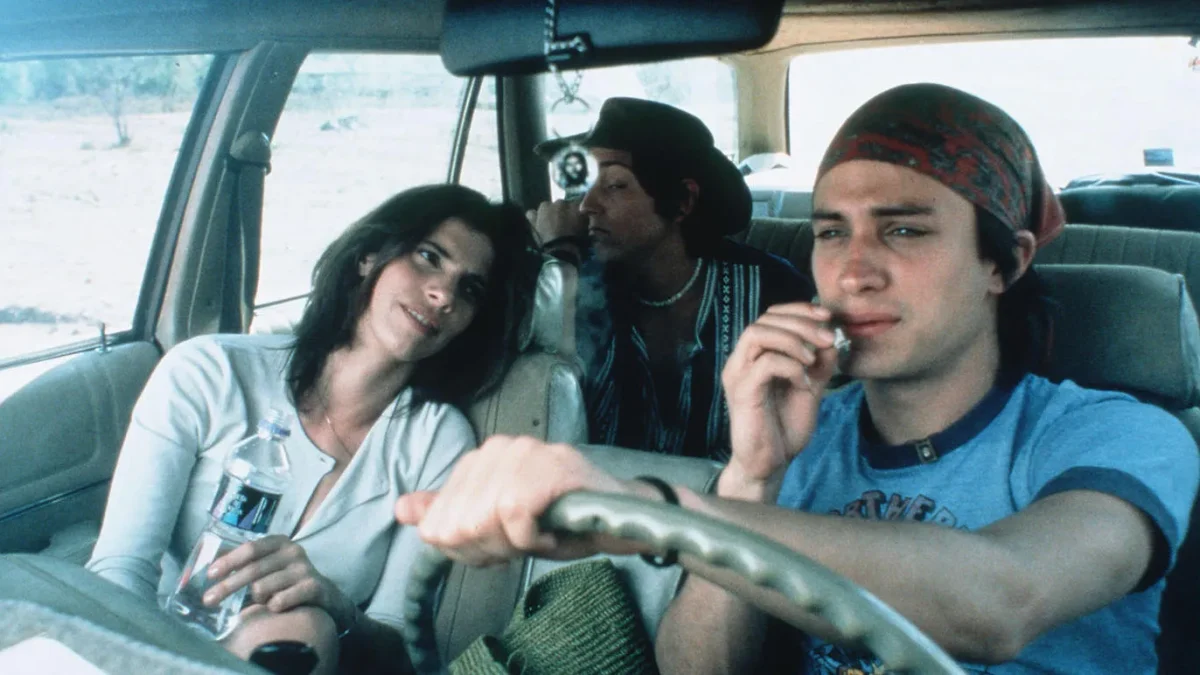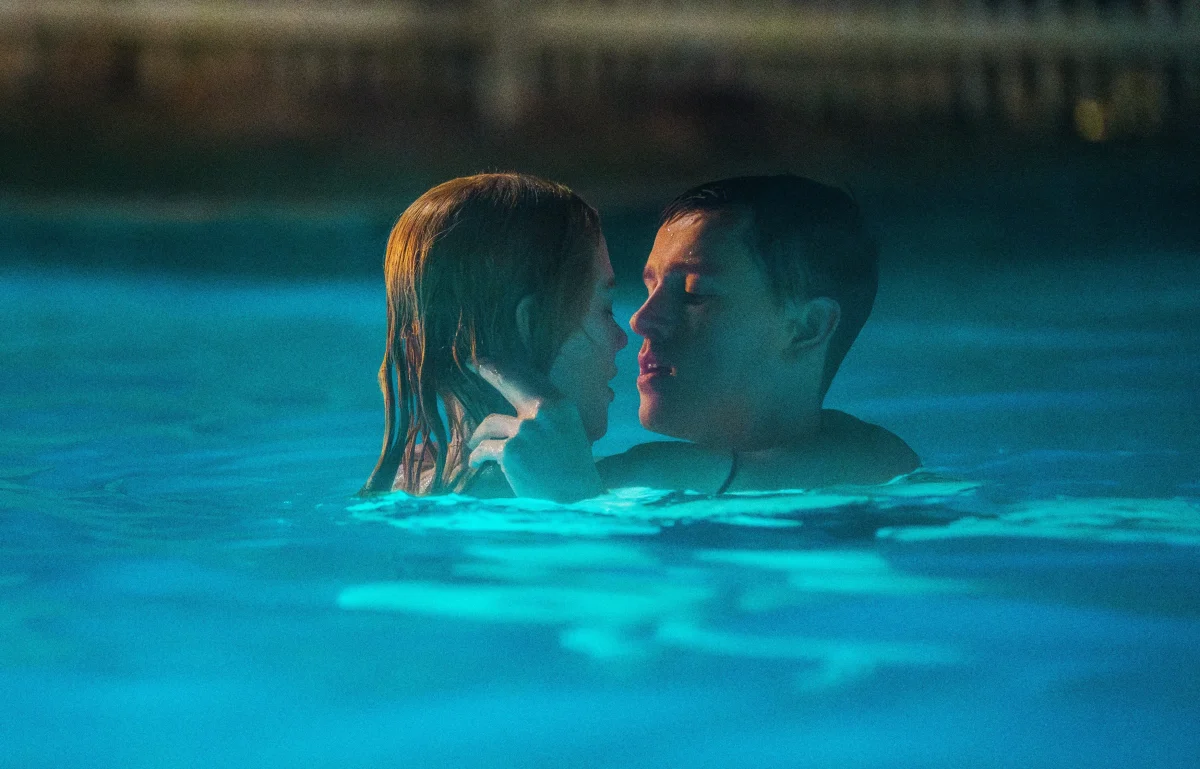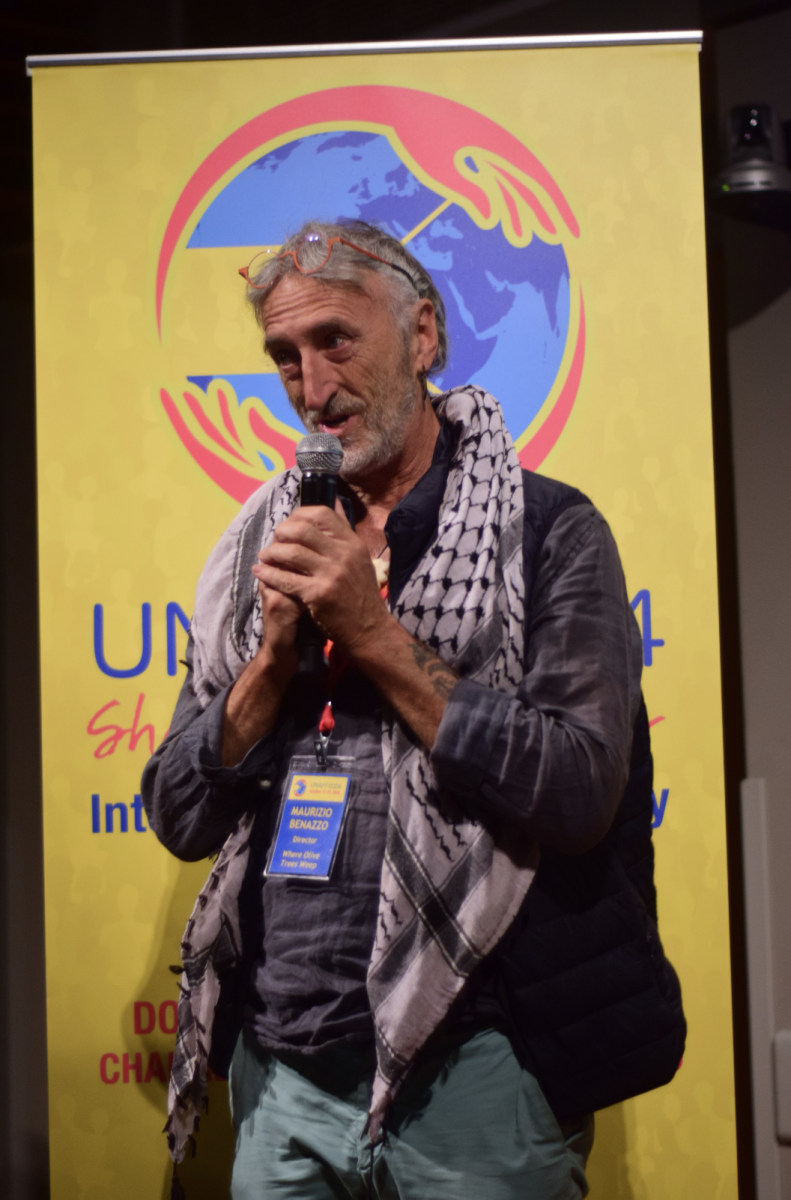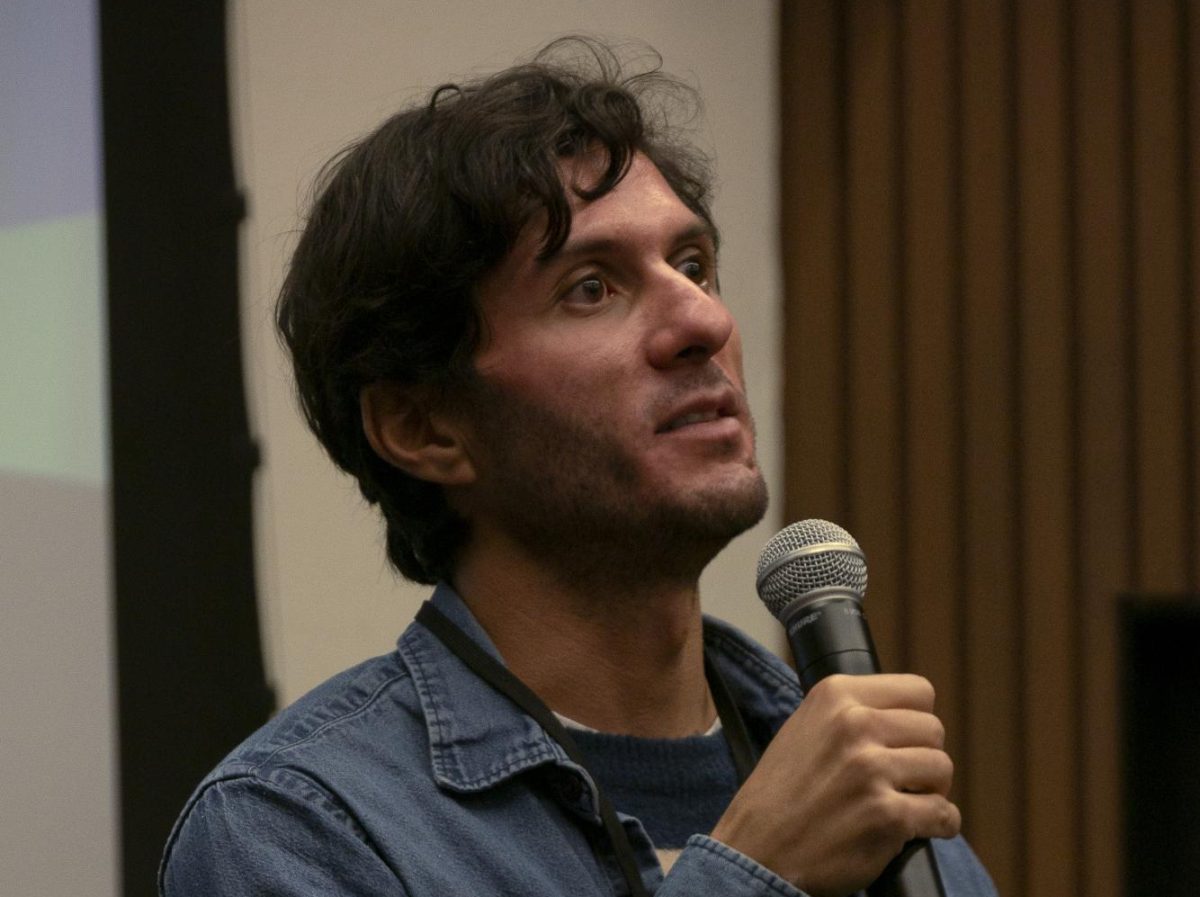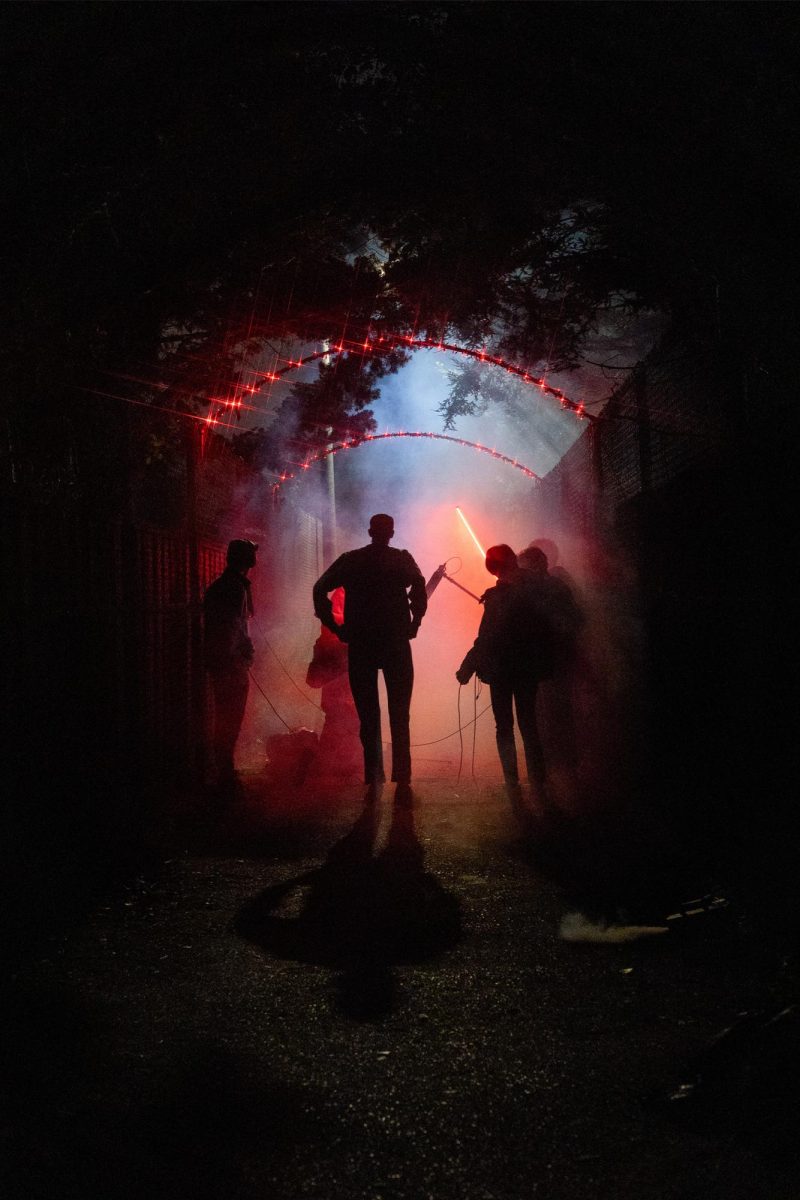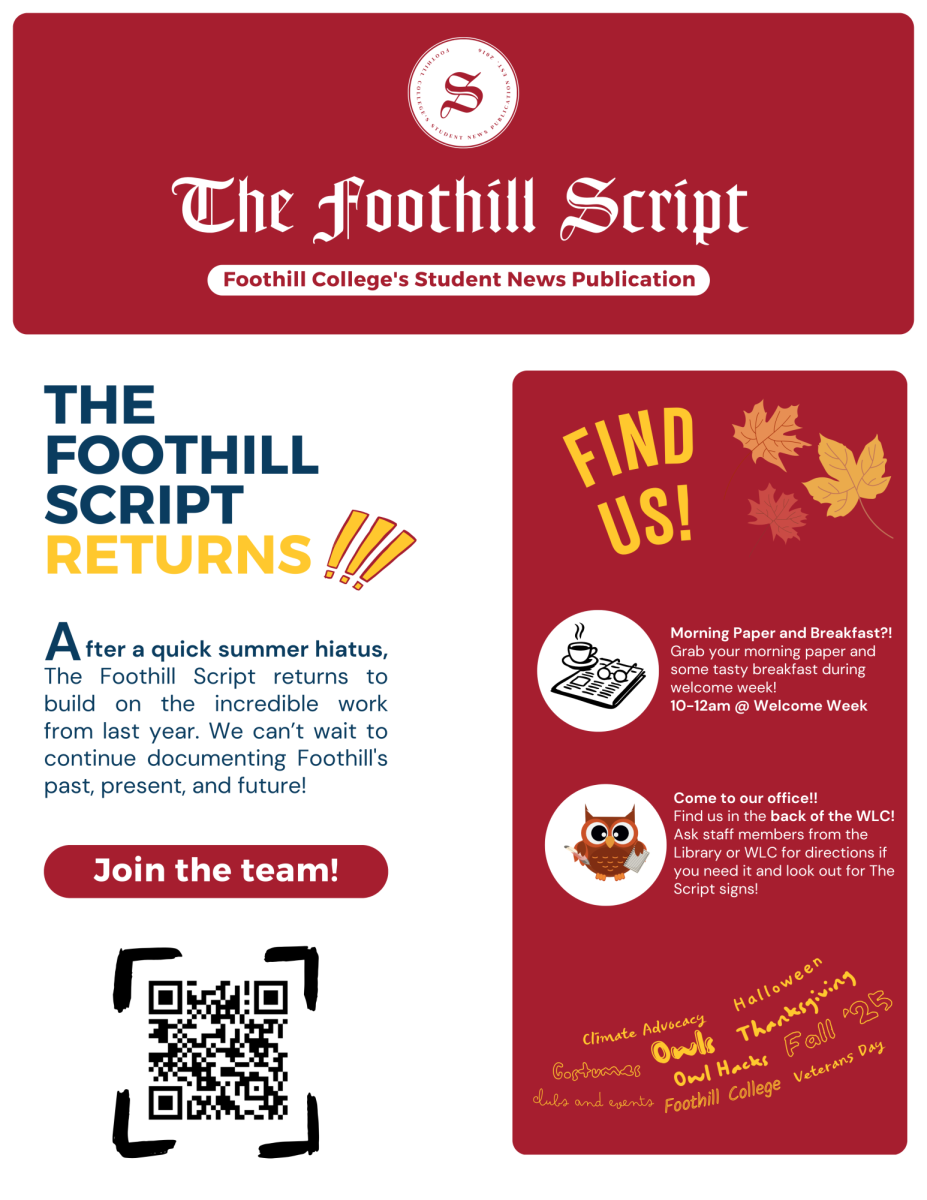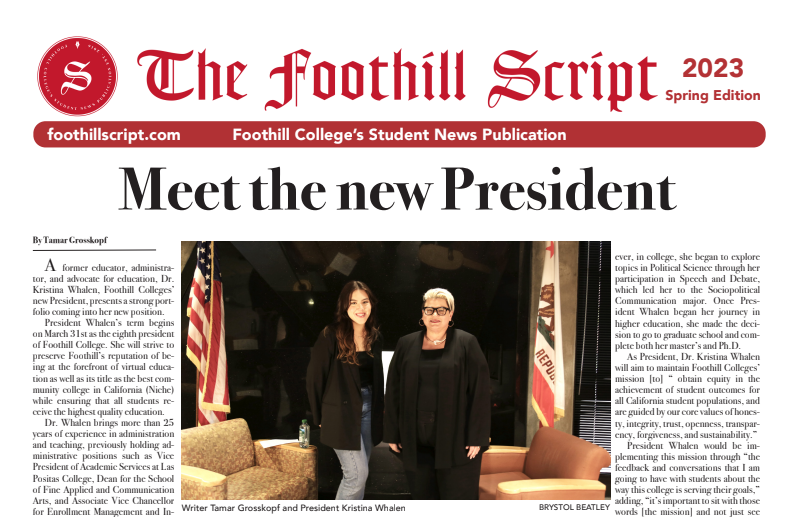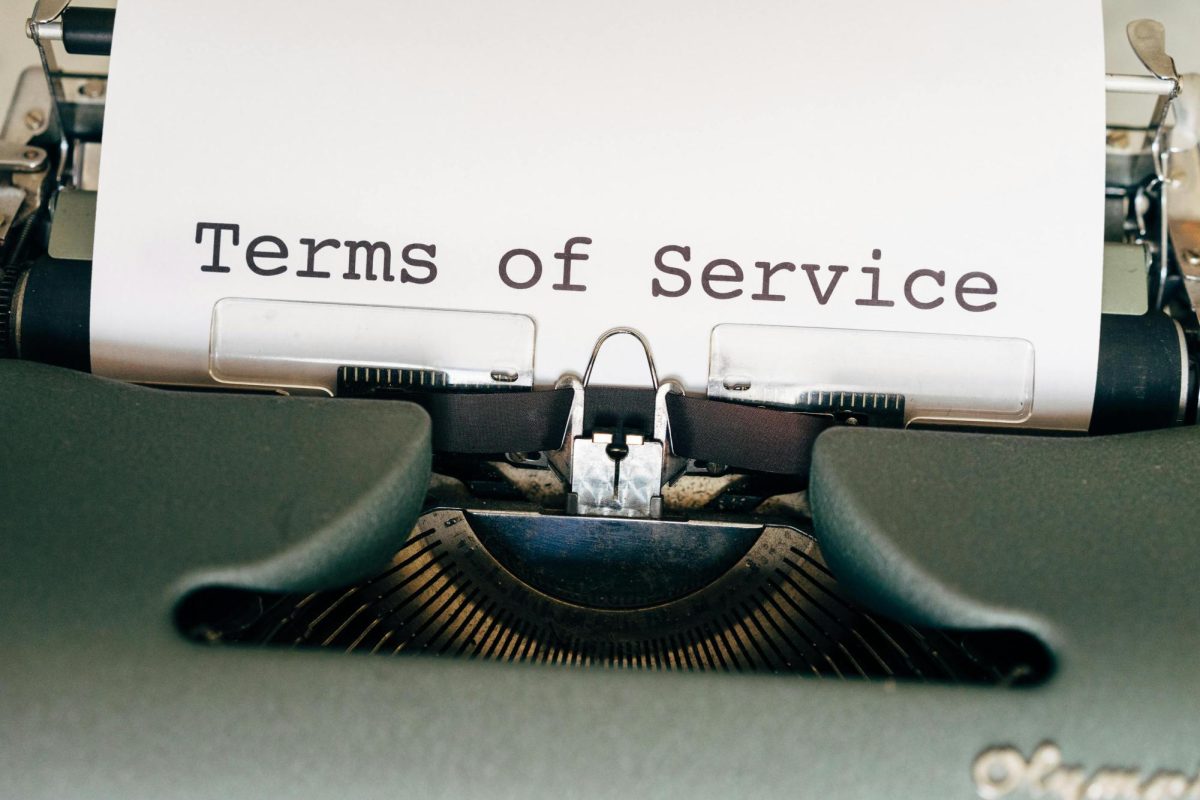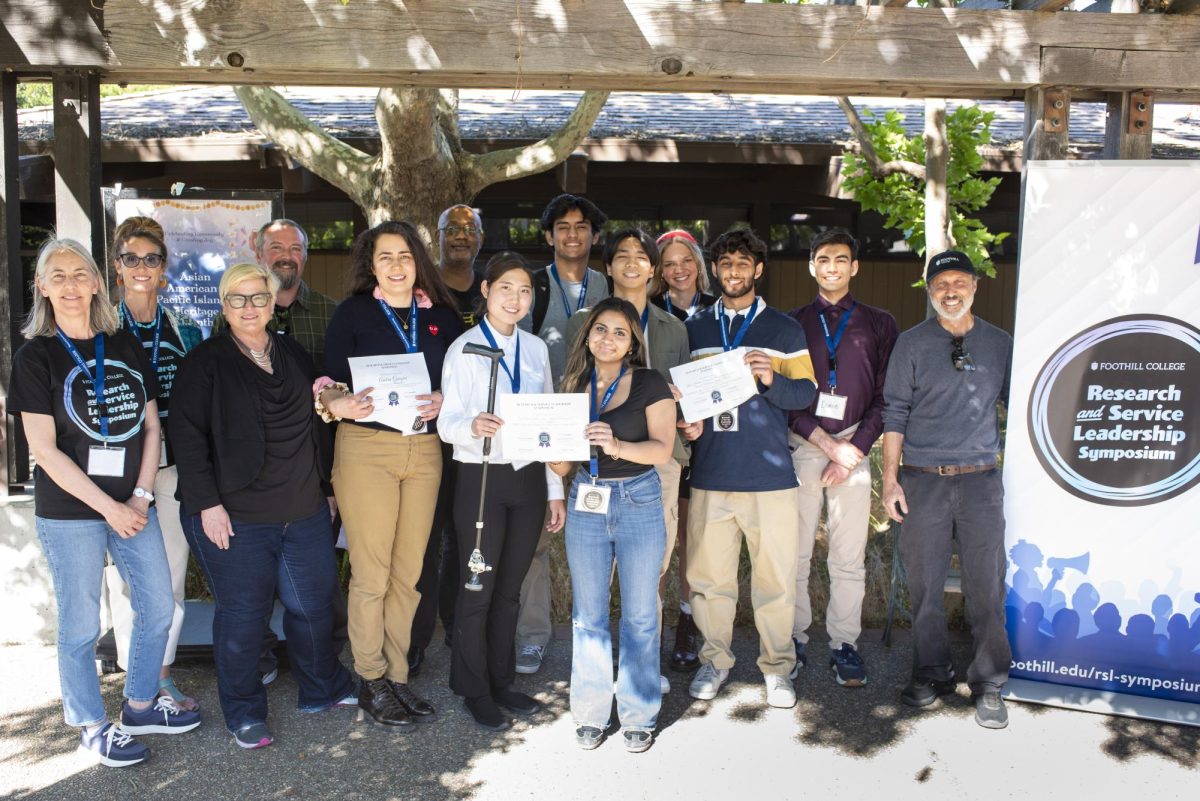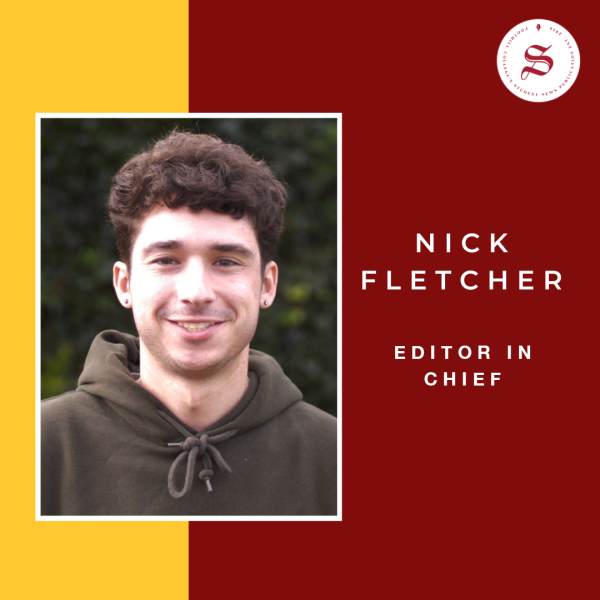On Thursday, May 22nd, Foothill College once again gathered many of its greatest minds for the 2025 edition of the Research and Service Leadership Symposium. The event is billed as an opportunity to expand student learning beyond the classroom via service activities and research projects.
Students are given the opportunity to present their work in front of peers and faculty, and compete for awards bestowed by a faculty panel of judges. However, the categories are not limited to the creativity showcased throughout the symposium, with many art-based mediums and countless innovative endeavors on display.
While it would be impossible to highlight all the amazing works done by students, The Script will do our best to highlight as many as possible. There were countless works that were deserving of praise, but only 11 awards available: six Judges’ Awards and five Audience Choice awards.
Judges Award for Excellence in Research:
- “The Wicked Lady: A Look at How English Translators of Alexandre Dumas’ Three Musketeers Have Censored and Sensationalized Milady de Winter” by Ambra Gargini
- “Fire-Flight: ML-Driven Aerial Sensing for Wildfire Prediction and Evacuation” by Luise Haller, Francisco Plans, Jeffrey Kwan, Daniel Martinez, and Yahya Mirza
- “Elder Ally: Gait Analysis Tool for Independent Aging” by Devi Amarsaikhan and Zahra Mohammed
Judges Award for Excellence in Service
- “Umoja Practices Guide Servant Leadership in Ghana” by Noor Dean Musleh, Eliana Randazzo Ridley, Jasmine Bangura, Joshua Shanklin, Khair Jett, and Faapaia Fualema
Judges Award for Excellence in Creative Art
- “Yuki no Uta: Songs of Snow” by Erika Wang.
Audience Awards
- “Housing-Insecure Conceptualization of AI” by Sahil Jain
- “ReVive+-: An AI App Project” by Alexis Aguilar, Brittany Morales, Anysia Alvarez, and Bryant Cervantes
- “BRIDGE: Building Relationships Intergenerationally and Designing Guided Events” by Irene Wang and Tara Bhushan
- “Renewable Energy from Algae: Unlocking Chlorella’s Potential for Hydrogen Production” by Erin Takeshima, Brian Sawaya, Karla Serafin Medina, Valentina Castellanos and Kimberly Weber
- “Detecting Ethical Fallacies with AI: An NLP-Based Approach” by Krish Butani
We here at The Script will detail some of these projects as well as works that were just as impactful, yet didn’t get a chance to be recognized in the awards due to the vast amount of fantastic student work.
Colonial vs. Indigenous Representations of India’s Caste System presented by Rishi Bhatt
While taking an Anthropology class with Professor Kathryn Maurer, a pyramid that was meant to represent the caste system in India was shown. Rishi noticed how the description of it was different from how he viewed it and his own lived experience, and these two conflicting sources of information led him down a rabbit hole, where he learned much more about why there are certain perceptions of modern-day India, and how the reality of the country currently came to be.
Diving into complex topics like the Bhakti movement, the Varna and Jaati caste system, and the Etic vs Emic perspectives. The Etic vs Emic perspectives, an outsider’s view of a culture and an insider’s view of a culture, was something he touched on in depth. He described that, while both perspectives have value and importance, the etic perspective can be incredibly harmful without proper understanding. Rishi further explained how it was these etic perspectives, from people such as William Jones and Herbert Hope Risley, that served to damage the representations of India.
Furthermore, he explains how these fundamental misunderstandings led to the existing institution of casteism to be strengthened and corrupted after British colonization. Rishi ended off his time by explaining how he believes it is important to view cultures as they are.
“Sometimes these cultures have reasons for doing such things. You may or may not actually agree with them, but it’s important to understand why cultures act the way they do.”
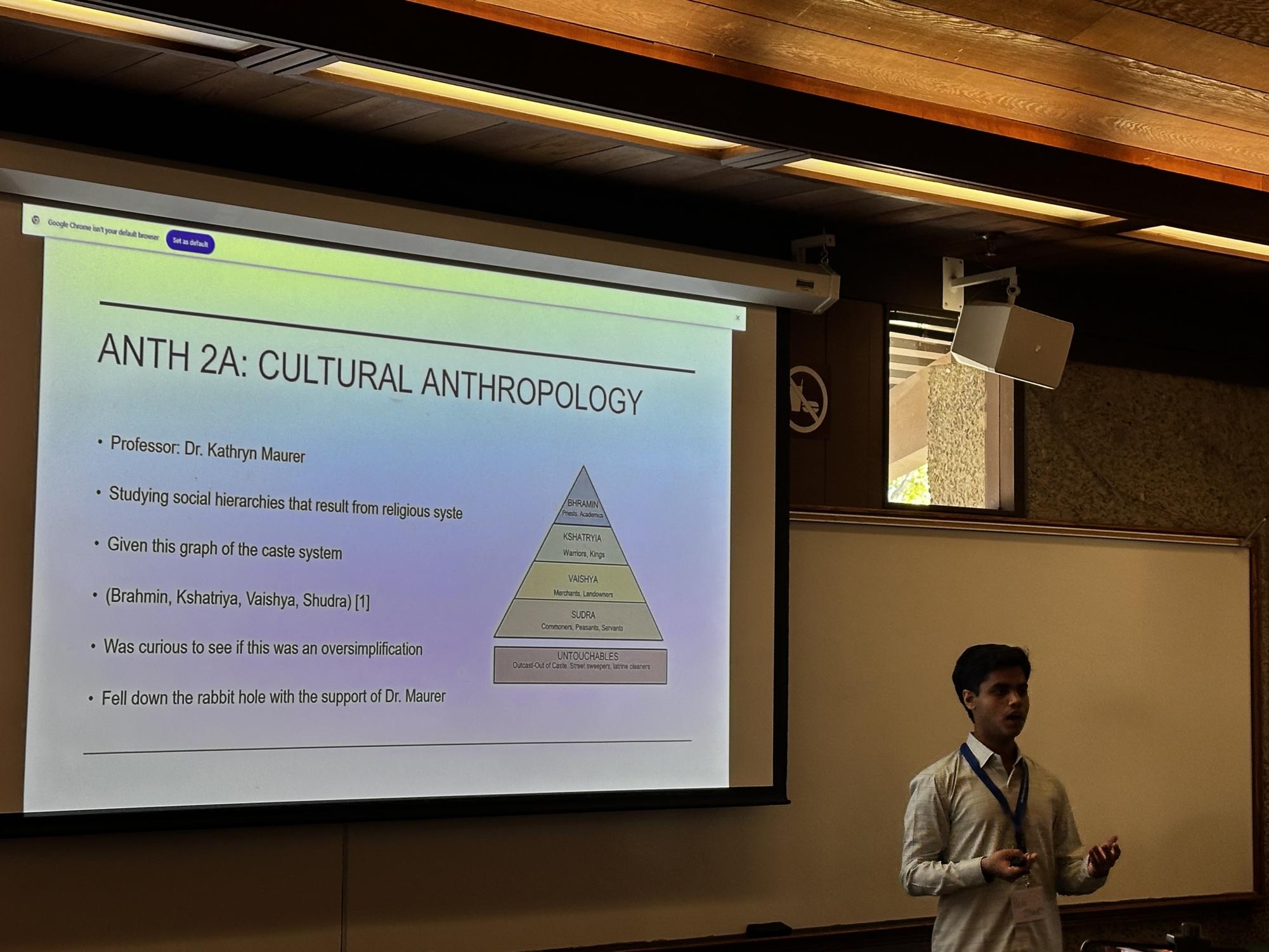
The Labyrinth: An Activism Magazine presented by Ava, Eanam, and Natalie
Ava, Eanam, and Natalie began by explaining that although the criminal justice system in the United States is meant to support rehabilitation, the reality is that many people leave incarceration with no housing, no income, and no guidance. Moved by this, they conducted a multitude of interviews with nonprofit leaders, college professors, and other experts on the topic, paired with their own research, to discover some of the biggest barriers to re-entry.
The most notable, they discovered, were “stigma, employment discrimination, and a lack of community support.” It was not that these individuals lacked effort or motivation, they explained, but the system just does not give them a fair shot to succeed. Ava, Eanam, and Natalie decided to tackle what they believed was one of the most damaging barriers former incarcerated people faced: stigma.
To combat this, they created “The Labyrinth,” a multi-media magazine and journal that would specifically focus on the issue of incarceration. It would include feature articles, art pieces, informative pieces, and more. They hope that this will increase visibility of the issue, increase empathy in the community, and possibly even spark hope amongst these individuals.
You can see a draft of their first issue here.
BRIDGE: Building Relationships and Intergenerationally and Designing Guided Events presented by Irene Wang and Tara Bhushan
A continued inspiring theme of the RSLS was the incredible amount of participants from local high schools. Gunn High School students Irene Wang and Tara Bhushan presented a project studying the current era of the loneliness epidemic, and while recognizing its impact on younger people through the digital age, the effects are worst felt in the elderly community.
As part of their work, they partnered with Channing House, a “Community for Older Adults” in Palo Alto. They planned events around story sharing, where they invited local high school students and members of the community to converse over question prompts, such as questions about their childhood or one piece of advice they wished they knew when they were young. This work showed a great impact for both the seniors and the teenagers, with the only criticism being they wished they could get more high school students to attend.
Continuing their work in the future, the Gunn students will continue to market the events and spread the word about the impact of spending time, face to face, with others. Wang and Bhushan’s great work was rewarded with one of the five audience awards.
Getting to “Yes” In My Backyard presented by Michael Matta
Michael Matta observed a phenomenon that has been coined as “NIMBY” or “Not In My Backyard.” He explained how NIMBY represented people that would verbally support initiatives for affordable housing and empowering the less fortunate, when it came time to take action they would say “not in my backyard.” Common reasons given were that they didn’t want to put in the effort, they didn’t want their home’s value to go down, or that it would make the appearance of their community worse.
Michael wanted to change that “no” into a “yes.” He began by creating a presentation that focused on the community of Palo Alto, and presented it in High Schools in the area. He found that presenting it to teens from the angle of “this could be us in the future” was particularly effective, and emphasized that a number of unhoused people today were individuals that general society would not “expect,” such as college graduates. The students responded positively to this, and many explained that their knowledge and interest in the topic was greater after viewing his presentation.
Michael has plans in the future to adapt his presentation to be more general. At first altering it to be Bay Area specific, but potentially going beyond that in the future, so others can present it in their own communities.
Michael ended off with the note that Palo Alto specifically was one of the most prevalent communities in California when it came to NIMBY-ism, and explained that “if we can make progress here, we can make progress anywhere.”
Parliament of Owls Improv Group presented by Alexander Tse, Brendon Beheshti, Vincent Contini, Alejandro Contreras, and Barr Elnekave
As a change of pace for RSLS attendants, the Foothill College improv group, Parliament of Owls, performed during the 11am slot in the Toyon room. Although this presentation doesn’t dive deep into climate initiatives or AI usage, this showcased student work and research as much as any other event in this year’s programming, presenting it in a fun, comical way. There were about a dozen students involved, with their coach and professor Tom Gough leading them in different improv scenes and activities. Each scene involved four to five of the students, as well as audience suggestions for the direction the scene would go, forcing the players to work on the fly and, as the name implies, improvise the scene. Suggestions ranged from BevMo! to the fictional land of gobbeldy-goop for locations, therapists to DMV workers for occupations, and text messages to academic slogans for phrases. Each scene required the players to work these outlandish suggestions into their dialogue and actions without skipping a beat, something that takes a lot of time and effort to master. Their research into the craft, as well as their dedication, was evident in their performance, while giving the audience an entertaining, laughter-filled hour of RSLS.
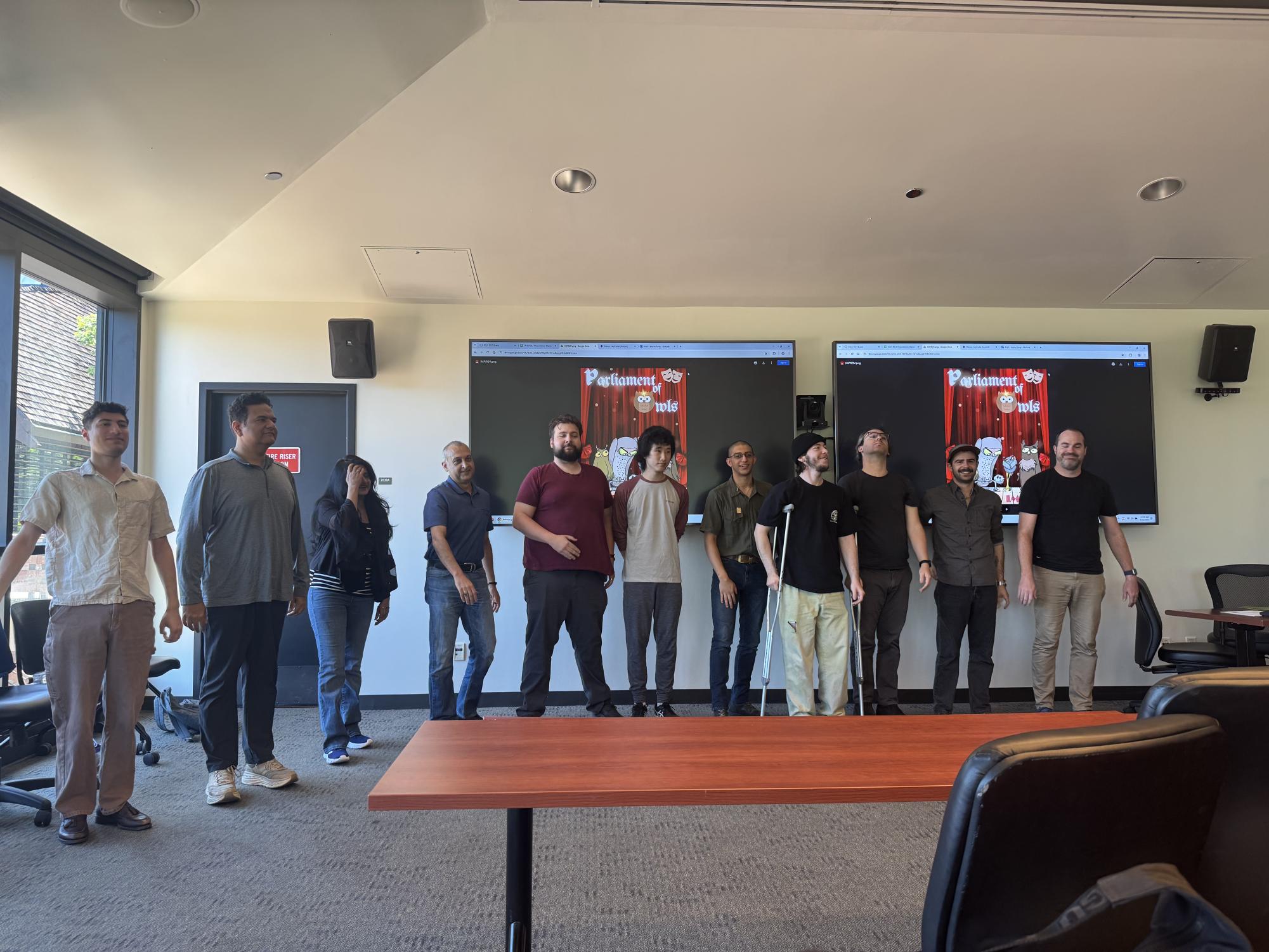
Harnessing AI for Higher Achievement: Optimizing Feedback with ChatGPT Across Disciplines presented by Sandy Li and Zak Rahim
Unsurprisingly, AI was a hotly discussed topic among the RSLS presentations. Sandy Li and Zak Rahim took a constructivist approach to using the tool, and presented on the best way to use ChatGPT to give feedback on writing. The main example used was using AI to help evaluate college essays, having the chat bot serve as a sort of tutor.
Li and Rahim deduced that using persona based prompts yielded the best results, starting each prompt with assigning ChatGPT with the persona of “you are an expert in [topic].” The positives found from this mostly revolved around feedback being comprehensive and quick, unlike the alternative of a proper tutoring that could be hard to acquire. Li and Rahim also acknowledged the damage that relying on ChatGPT to evaluate writing could do to writing skills as a whole, and prompted using the service as a tool rather than a crutch.
They also yielded a question from the audience asking further about the damage that ChatGPT could bring to younger generations and critical thinking skills, and Li and Rahim answered it with the same honest sentiment of using the software responsibly and as a unique tool that can aid creative expression and better writing skills.
Using Photochemistry to Clean Wastewater: The Potential of UV Photocatalysis to Degrade Pollutants presented by Shaunak Shahani, Quang Huynh, Max Wang, Miyako (Koko) Grundler, and Scotty Sinclair
The focus of this group’s project came through recognizing the continued effects of environmental pollution and its destruction of the natural world, specifically looking at dyes entering nature through clothing. The goal of the project was to harness UV photocatalysis to degrade these pollutants into non harmful chemicals like water and CO2. The overall goal was to recreate and make UV photocatalysis cheaper and more accessible to be used on a wider scale.
They utilized a visual spectrophotometer to measure the levels of dye pollutant, and after some adjustments to their process that included using ZnO (zinc oxide), more specific UV wavelengths, and a centrifuge, they found that the level of dies were consistently and decreasing.
After further data study, they found that the rates of degradation were statistically significant, meaning their project was successful. This first signified the end of the first era of their work, and in the questions following the presentation they revealed their further plans to try to utilize the same process to possibly treat air pollution.
Renewable Energy from Algae: Unlocking Chlorella’s Potential for Hydrogen Production presented by Erin Takeshima, Brian Sawaya, Karla Serafin Medina, Valentina Castellanos, and Kimberly Weber
Demonstrating the levels of scientific innovation at RSLS, this groups’ work towards finding a new renewable energy source was extremely detailed. While using Hydrogen as a renewable energy source has been done at small scales, recreating it was still no easy feat. The group were finalists in the Foothill Innovation Challenge, and decided to continue their work that they would ultimately present.
The focus was using chlorella algae to produce hydrogen in a way where it can be used as a renewable energy source. To do this, the group enacted biophotolysis, a process where microorganisms like chlorella use sunlight to split water and produce hydrogen. This team’s goal was to reproduce that in the lab and harness that hydrogen created by the biophotolysis.
After much trial and error, the team found through water displacement and a gas detector that they were indeed producing a gas, but it was difficult to tell if it was hydrogen, another gas(ses) or a combination of both. Although their results were ultimately inconclusive, they will continue to work on this project and have been in contact with labs around the world that have been doing experiments with this same field of study. This detailed nature of their work was also recognized through being the recipient of one of the audience awards.
Jeremy Peters aka Oneself DaVinci Closing Ceremony Performance
Opening the closing ceremony was Foothill Library’s very own Jeremy Peters, appearing under his Hip-Hop moniker of “Oneself DaVinci.” He performed a song written specifically for this RSLS event, and wowed the crowd with his lyrics and punchlines. One part that was particularly noteworthy was the bridge, where Oneself DaVinci spelled out the phrase “Research & Service Leadership Symposium” with the first letters of every word.
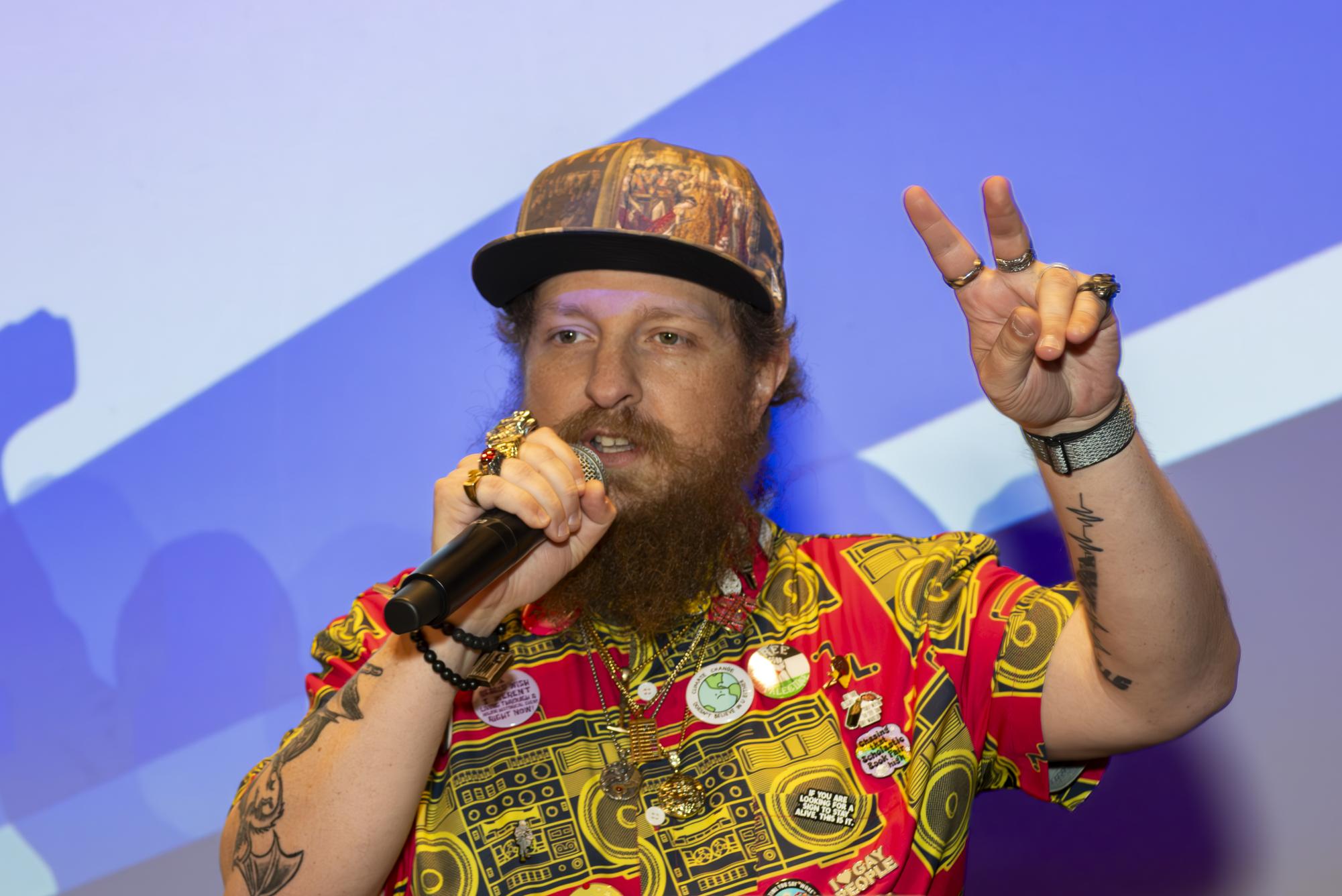
Aerodynamics of a deformed badminton shuttlecock caused by overuse presented by Taishi Liu
A testament to the creativity of RSLS’s presenters, Taishi noticed while playing badminton that some shuttlecocks weren’t quite flying right and wanted to know why. His journey began by collecting “unusable” birdies from a local badminton team and categorizing the deformities. He found that the shuttlecocks exhibited three distinct kinds of deformities: flaring of the skirts outward, bending of the skirts, making them elliptically shaped, and porosity deformities, including rips and tears in the skirts themselves.
To test the differences, Taishi concluded the total number of deformities for each ball and then measured their respective terminal velocities, which he used to calculate unique drag coefficients. By comparing the two, he was able to graph the impact of each kind of deformity on drag and velocity.
Taishi then surveyed real players, giving each a standard ball and a ball with one of the three deformities, and recorded their reactions to speed, predictability, and ease of play. His findings backed up his research that not only did deformities impact shuttlecocks’ speed, but they significantly impacted the game.
Taishi noted that while shuttlecock overuse and damage may not be a widespread issue among badminton players, as many teams replace them regularly, the problem could impact those with less funding than their competitors. If he were to continue his study, he would like to visit a much broader selection of badminton teams to see what differences could be seen from team to team.
Special Education Teacher Education and Preparation presented by Michael Aviv
Many assume special education (SPED) teachers earn the same or more than non-specialized teachers; that’s what Michael thought. At first glance, the numbers support this, as Michael found SPED teachers should receive higher salary increases year over year. However, in California, SPED teachers make significantly less on average.
Michael wanted to find out why. He found that a major factor was the turnover rate. SPED teachers have exceptionally high turnover in their first 5 years, an astounding 50%. When teacher retention is so low, teachers are unable to benefit from wage increases.
So why were half of SPED teachers not staying through 5 years? Through his research, Michael found a few consistent complaints from teachers. SPED teachers noted a lack of relevant preparation from required training, work overload, work overload and a major lack of support from schools and districts.
Michael took his findings and created a survey for local SPED teachers to rate the impact of these problems in their everyday work. His findings confirmed much of the data, and the clear and fair winner was agreed to be unreasonable work expectations and work overload.
With his findings, he urges local school districts to reassess SPED support and education. He hopes to continue his research with larger pools of teachers to hopefully get a more comprehensive grasp of how SPED teachers feel in the Bay Area and beyond.

